There has been a lot of talk in recent years about the war on Christmas. Well, after spending a few days this week in Westerleigh, it would appear that Santa, at least here in the middle of Staten Island, has emerged victorious. Dyker Heights in Brooklyn is justifiably famous for its over-the-top display of holiday lights, but if you want to avoid streets crammed with busloads of rubberneckers, and if Santa is your thing, Westerleigh might have just what you’re looking for.
Perhaps this exuberant expression of holiday cheer is Westerleigh’s way of compensating for its buttoned-up past. Though many of the holiday displays seem like they could only have been conceived after several rounds of Charles Mingus’ famous egg nog,* Westerleigh was once ground zero for the temperance movement, a refuge from the “Demon Rum” that prohibitionists saw as a blight on the rest of the city.
NAILS TO HANG YOUR HAT ON
In 1683, Thomas Dongan, the 2nd Earl of Limerick, was appointed Governor of New York. As part of his signing bonus, he was given a 5,100 acre estate on Staten Island. The part of his estate that includes the present-day neighborhood of Westerleigh was purchased by John Vanderbilt in 1848, who in turn sold fifty six acres to the National Prohibition Party in 1887.
Though Prohibition wasn’t enacted until 1920, the teetotalers of NYC, disgusted by what they saw as an open-air bacchanal on the streets of the city, wanted an escape, and this bucolic plot in Staten Island proved just the place.
In 1888, they opened a campground with a picnic grove, some of the country’s first tennis courts, ponds, a bowling alley, ballfields, and a lecture platform. A trolley ride to their enclave, which they dubbed Prohibition Park, cost just 5 cents from the St. George ferry terminal.
In its first year, 60,000 people visited the park, and at the peak of its popularity, over 200,000 sober revelers came to take in lectures, religious services, and recreational activities. Overnighters could stay in canvas tents erected on wooden platforms, though several hotels were later built for those who weren’t fans of glamping. In addition to the hotels, a 4,000 seat auditorium, The University Temple was built in 1891.
In 1892, the campground, which had grown to nearly 150 acres, was divided up into 1,450 lots that were aggressively marketed to those looking to put down permanent roots in the community. If you bought a lot, you had to agree not to sell, use, or manufacture alcoholic beverages.
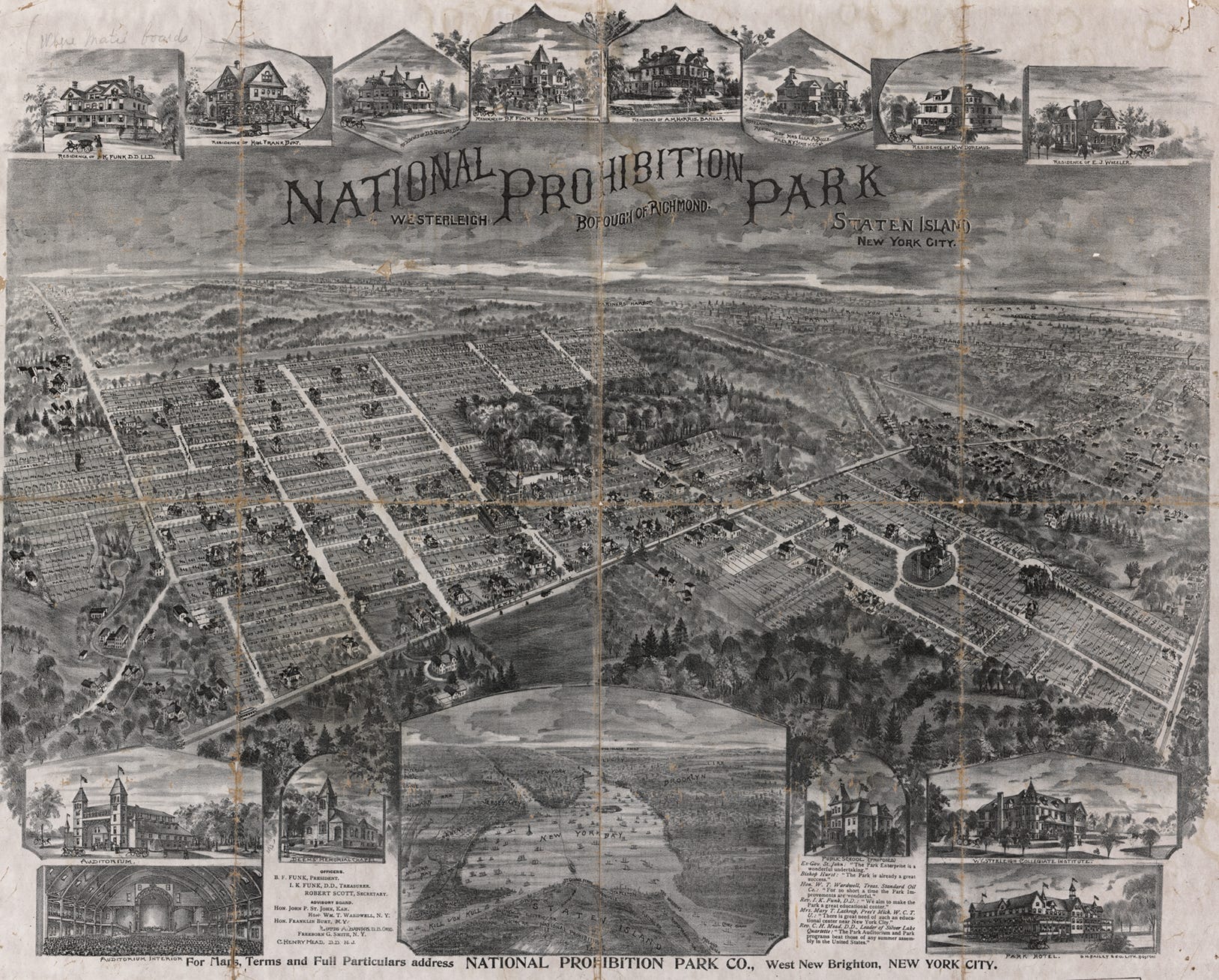
A real estate brochure published by the National Prohibition Park Co. was breathless in its proclamations of the neighborhood as a can’t-miss real estate investment, exhorting would-be buyers to, “Do as the Astors do— invest in real estate—in the City, not in the woods or plains.”
A headline I am still puzzling over - Nails to Hang your Hat on or Nuts for the Public to Crack - predicted the inexorable exodus of New Yorkers to Staten Island, claiming, “nothing can stop or stay this great city in its march to the most beautiful of all its Boroughs.”
The brochure highlighted the many illustrious residents of Prohibition Park, including prominent prohibitionist leaders, Standard Oil Executives, and an unusually high number of writers, especially surprising considering that alcohol consumption was forbidden.
POE-HIBITION
One of those writers was Florence Morse Kingsley (born in Poe, Ohio), who wrote the “runaway Christian bestseller,“ Titus, A Comrade of the Cross. Editor and poet John H. Boner, author of Boner’s Lyrics (1903), a title which yields some pretty interesting Google search results, also lived in the neighborhood. He built a home in Prohibition Park called Cricket Lodge and memorialized it in verse:
but a lodge indeed Two end -gables, one end freed From rigidity by sweep Of a dormer-windowed deep Rooftree—such where pigeons preen And the shingles stained moss-green. On a green and breezy hill Overlooking Arthur Kill And the Orange Mountains blue In their everchanging hue
Boner’s most well-known poem was "Poe's Cottage at Fordham", a tribute to his hero, Edgar Allan Poe. Another local, poet Edwin Markham, was also a fan of Poe. He edited and compiled The Works of Edgar Allan Poe, published in 1904.
I found it surprising that these two writers would be such Poe devotees when the author’s struggles with alcohol were widely known. At the time of his death, Poe was found incoherent, wearing someone else’s clothes and "in a state of beastly intoxication.” But it turns out that at the end of his life, Poe was a member of the Sons of Temperance and had written several times about the evils of alcoholism, what he called "the Fiend Intemperance." Perhaps for Boner and Markham, there was no better example of the evils of alcohol than Poe, a literary genius whose life was cut short by the very thing he decried. Or maybe they just really liked a good horror story.
IT IS WESTERLEIGH NOW
An 1897 New York Tribune article reported that after a “hot fight,” residents had voted overwhelmingly to change the neighborhood’s name from Prohibition Park to Westerleigh. Many of the newcomers were drawn by the land and location, not the promise of a booze-free paradise, and they wanted a name that was more "high sounding."
Today, the only reminders of the neighborhood’s former identity are Westerleigh Park, part of the original campground, and the streets named after prominent figures in the temperance movement like William T. Wardwell, Clinton Fisk, William Jennings Demorest, and John G. Woolley.
STATEN ISLAND’S MOST BIZARRE BUILDING
The AIA Guide to New York City calls the St Paul’s Seminary building on Victory Boulevard "Staten Island's most bizarre building, a combination of architecture and monumentally scaled sculpture.”
The brutalist concrete and glass wonder was designed by Silverman & Cika for the Society of St Paul, whose acolytes’ mission is to "evangelize with the modern tools of communications."
Upon its completion in 1969, the building was used as a publishing house with printing presses, a book bindery, and accommodations for nearly 30 priests and brothers.
OH YEEEAH!
If you grew up in the eighties, there was no avoiding the Kool-Aid Man. The exuberant 6-foot-tall pitcher with limbs, filled with a sickeningly sweet mixture of High Fructose Corn Syrup, wood rosin, and Red #40, was bursting through fences all over town, exclaiming “Oh Yeeaah” in what has been described as a David Lee Roth meets Barry White purr.
I hadn’t thought of the Kool-Aid Man in months until, when researching Westerleigh, I came across a 2021 article about a spree of fence crashing in the neighborhood. Inspired by what was being called the Kool-Aid Man Challenge on TikTok, kids were plowing their way through the neighborhood’s many fences.
This challenge was a national phenomenon that died down for a while but seems to be on the upswing again, as documented by this news report from Boston just last month.
Not kool at all kids. It just goes to show you can ban alcohol, but you can’t ban stupid.
SIGHTS AND SOUNDS
3 minutes of audio from around Westerleigh
FEATURED PHOTOGRAPH
I couldn’t find too many pictures from Westerleigh, so I decided to go back to my old favorite, Percy Loomis Sperr. This is his photograph of the Westerleigh Loan and Savings Association Building from March 4, 1930. A couple of years ago, I started re-photographing his Staten Island work which, in many ways, led to this whole Neighborhoods project.
NOTES
*Charles Mingus’ Egg Nog recipe is the stuff of legend.
Right, taste for flavor. Bourbon? I use Jamaica Rum in there. Jamaican Rums. Or I’ll put rye in it. Scotch. It depends.
See, it depends on how drunk I get while I’m tasting it.
Did you know that the Prohibition Party still exists and is the oldest third party in the US? They failed to garner more than 5,000 votes in the last presidential election, and invariably, some of those votes came from people who assumed they were voting for the Phil Collins that brought us “Sussudio” and “In the Air Tonight,” not this guy:
The party, without a doubt, has the most intriguing-looking leadership in modern politics. Meet fitness influencer Zack Kusnir (aka Zach Strength) and C. Everett Koop look-alike James Hedges.
The most famous former Westerleigh resident (sorry, John Boner fans) would have to be Joan Baez, who was born in a house on Maine Ave.
The second most famous may be Isaac K. Funk, publisher of Funk & Wagnalls Standard Dictionary of the English Language. Like many of those who made a pilgrimage to the haunted house of Wallabout, Funk was a spiritualist and wrote a book on the subject, The Widow's Mite, And Other Psychic Phenomena. His house is still there.
I learned a lot of interesting facts about Kool-Aid Man while researching this article, not the least of which was that the voice behind the “Oh Yeahs” is vocalist Frank Simms who also sang backup on David Bowie’s “Let’s Dance” and was responsible for the robotic, “Living in a material world” part on Madonna’s “Material Girl.”
There was a short-lived Marvel comic series, The Adventures of Kool-Aid Man. Now that’s a Marvel movie I would be interested in seeing.
Finally, because it's that time of year, here is Kool-Aid Man in Lil Jon's holiday classic, All I Really Want for Christmas.
“Feliz Navidad, no eggnog, more Kool-Aid, Oh yeah!” I couldn’t have said it better myself.
See you next week for the last neighborhood of the year!




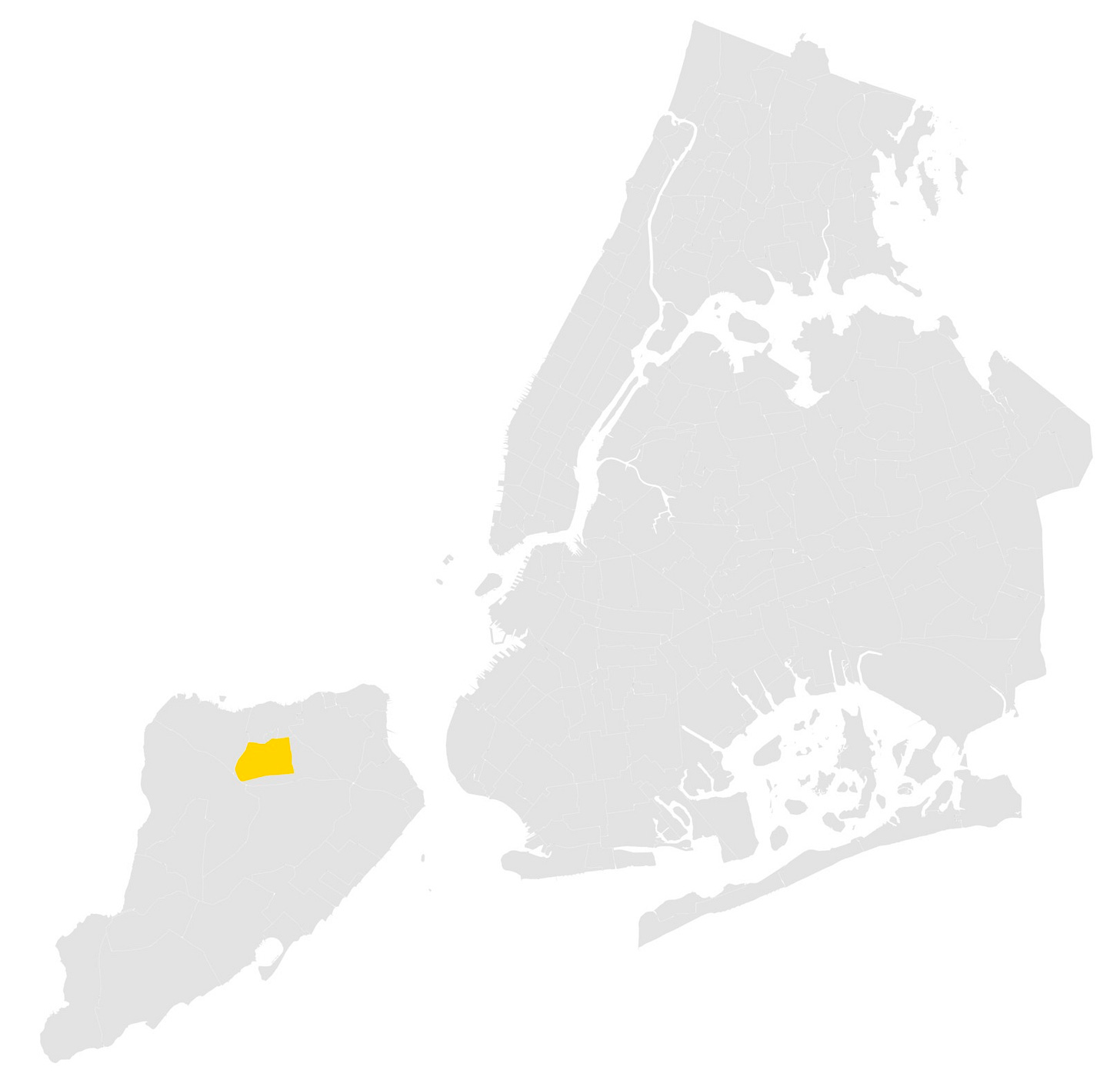
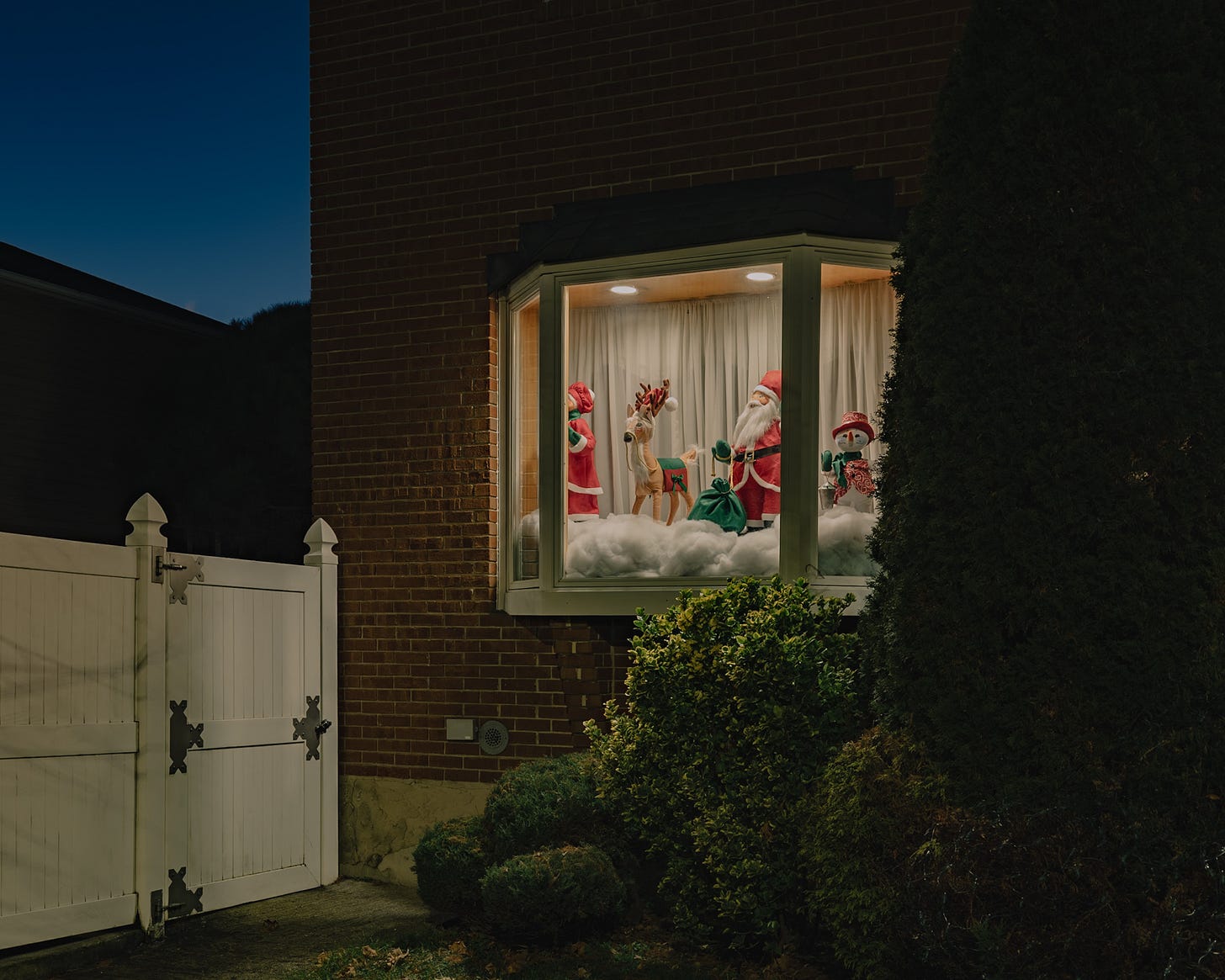
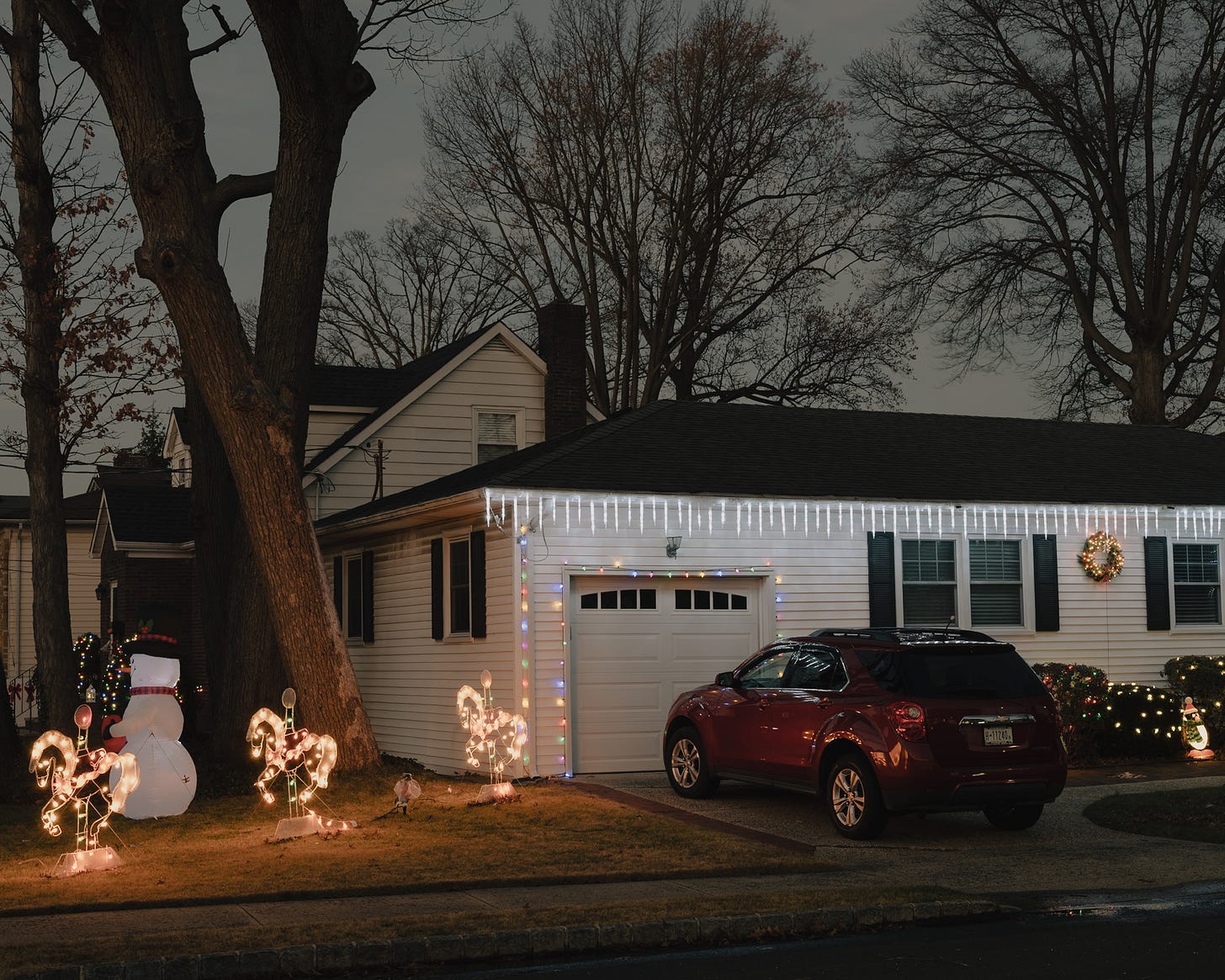

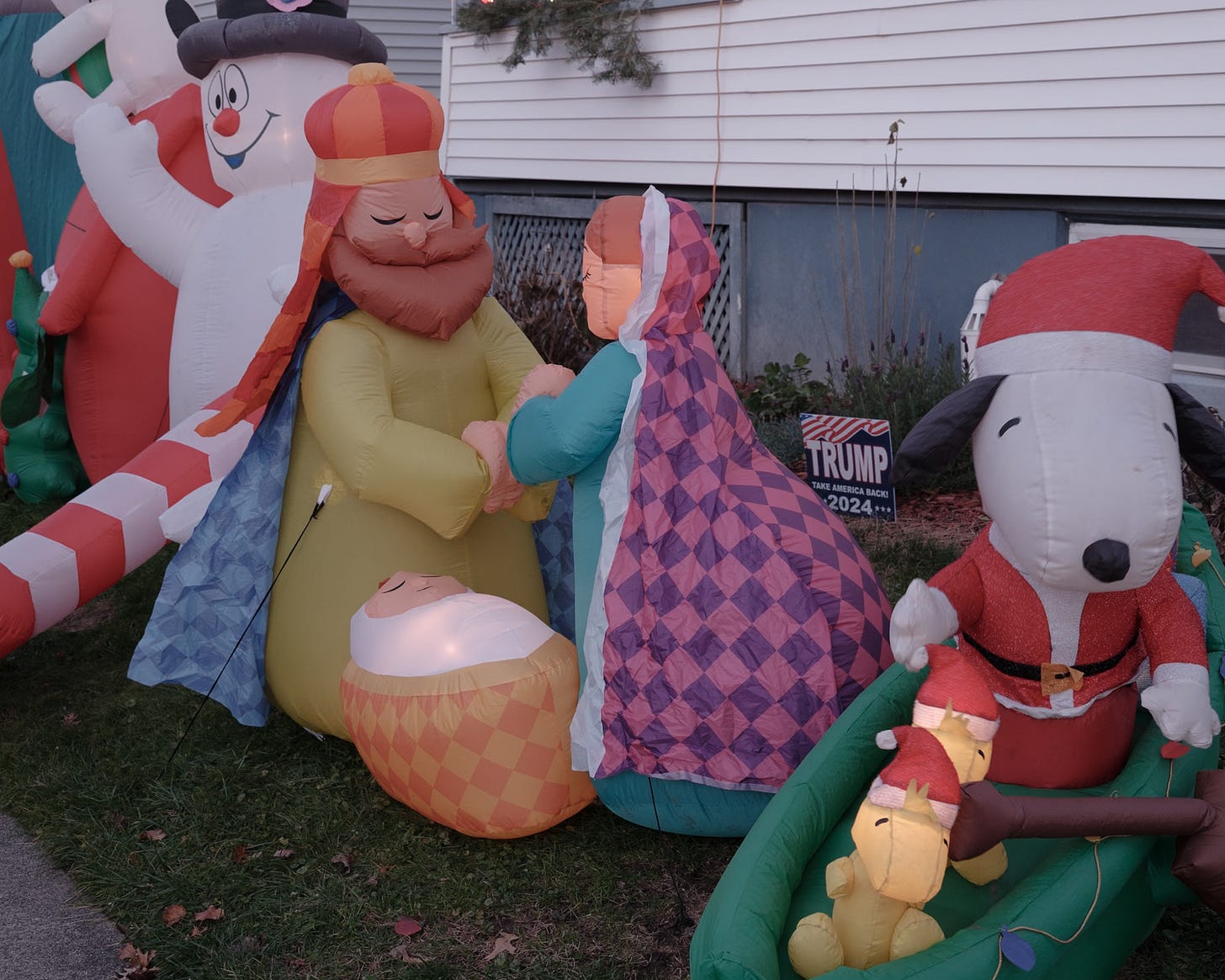

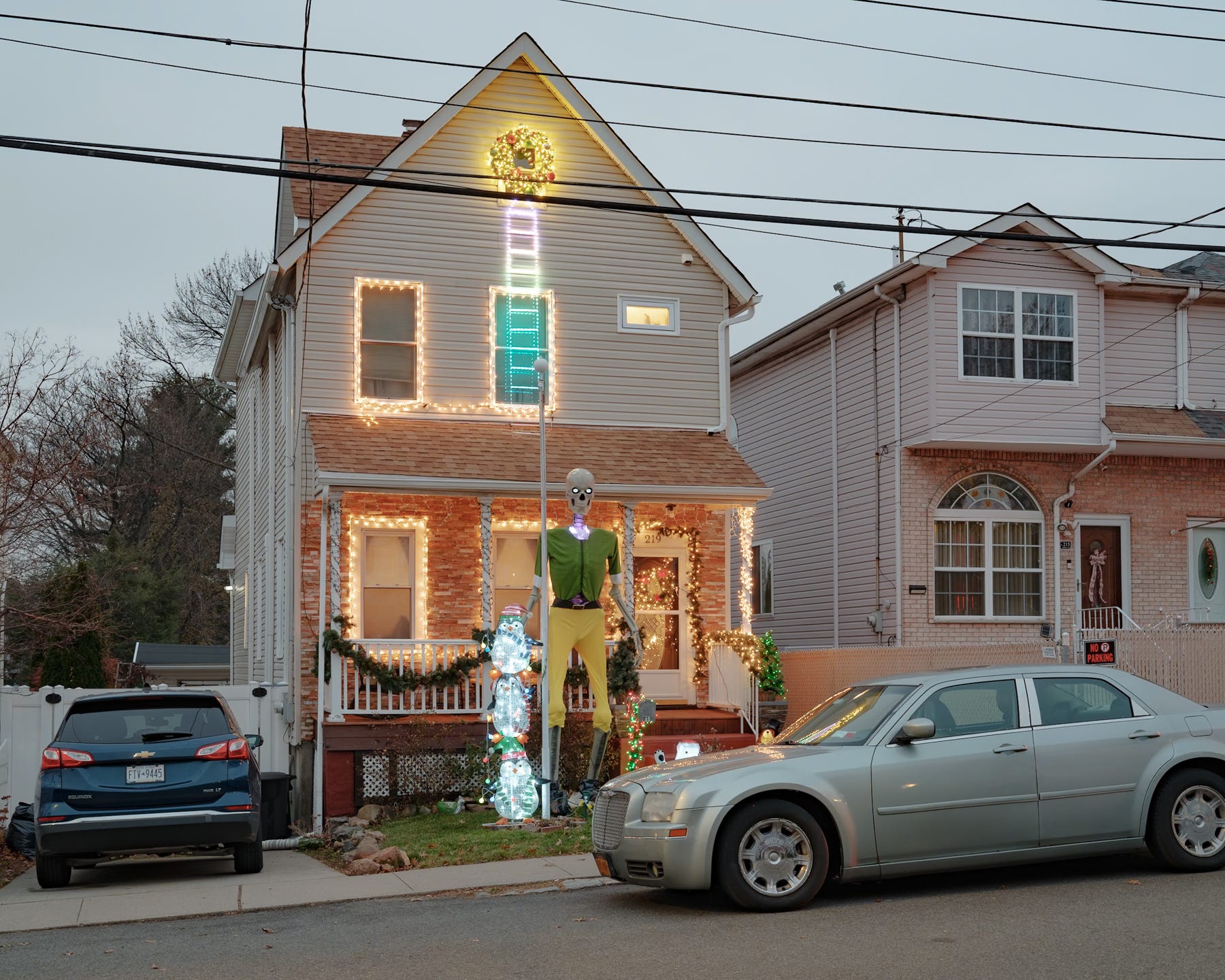
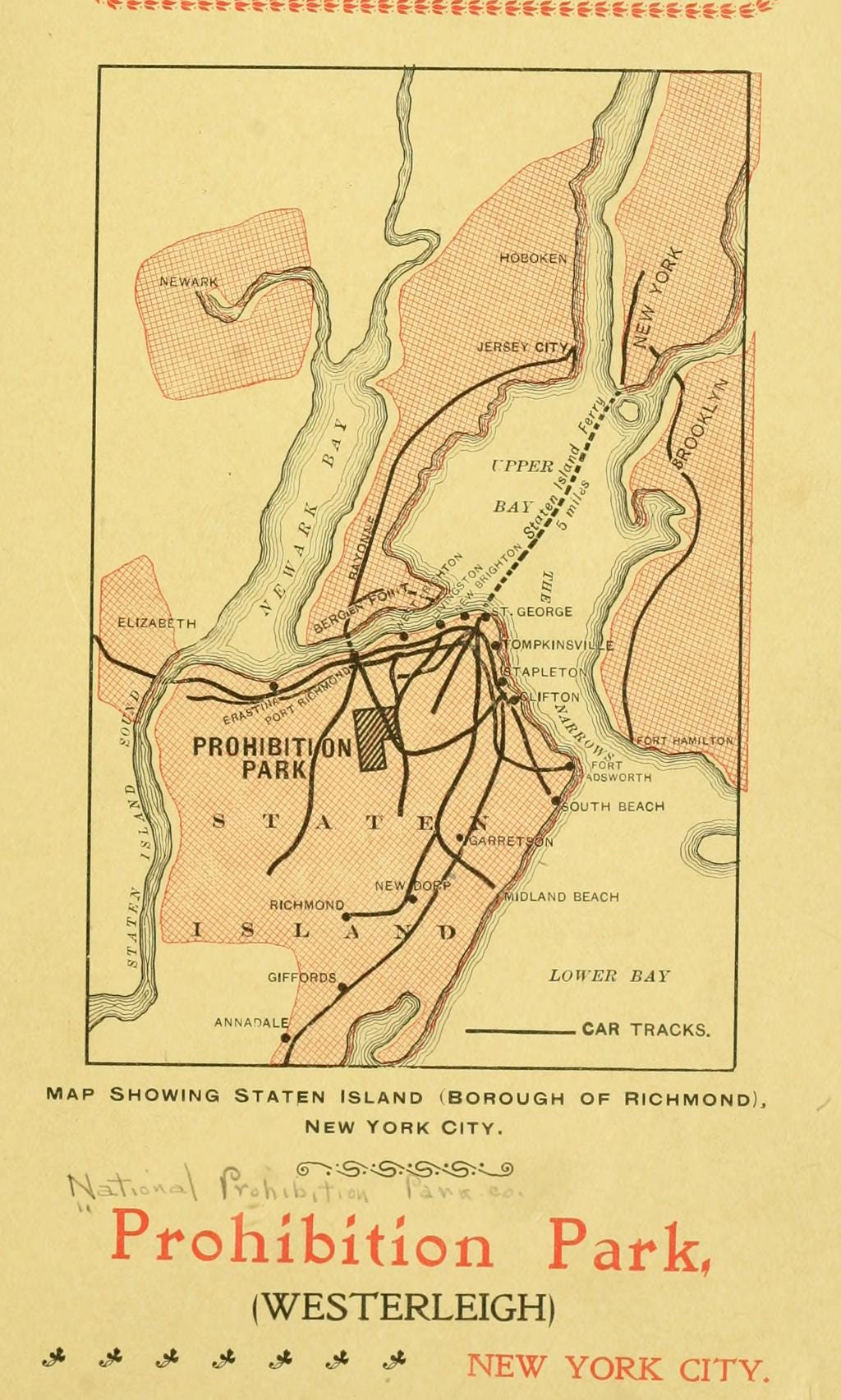
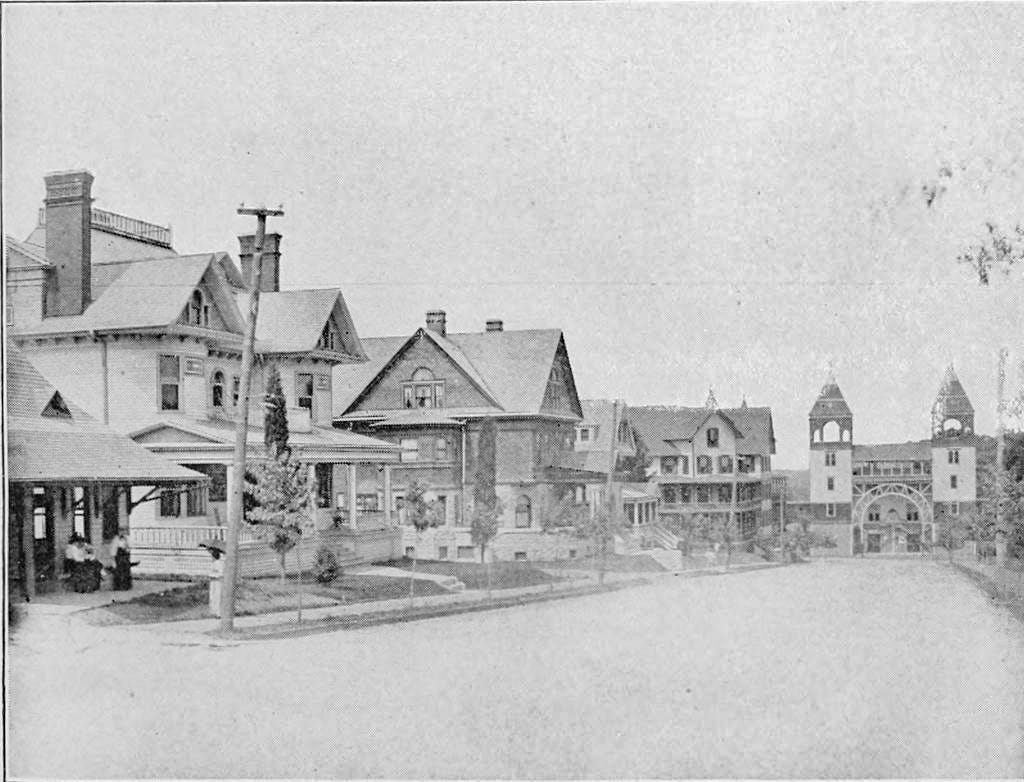

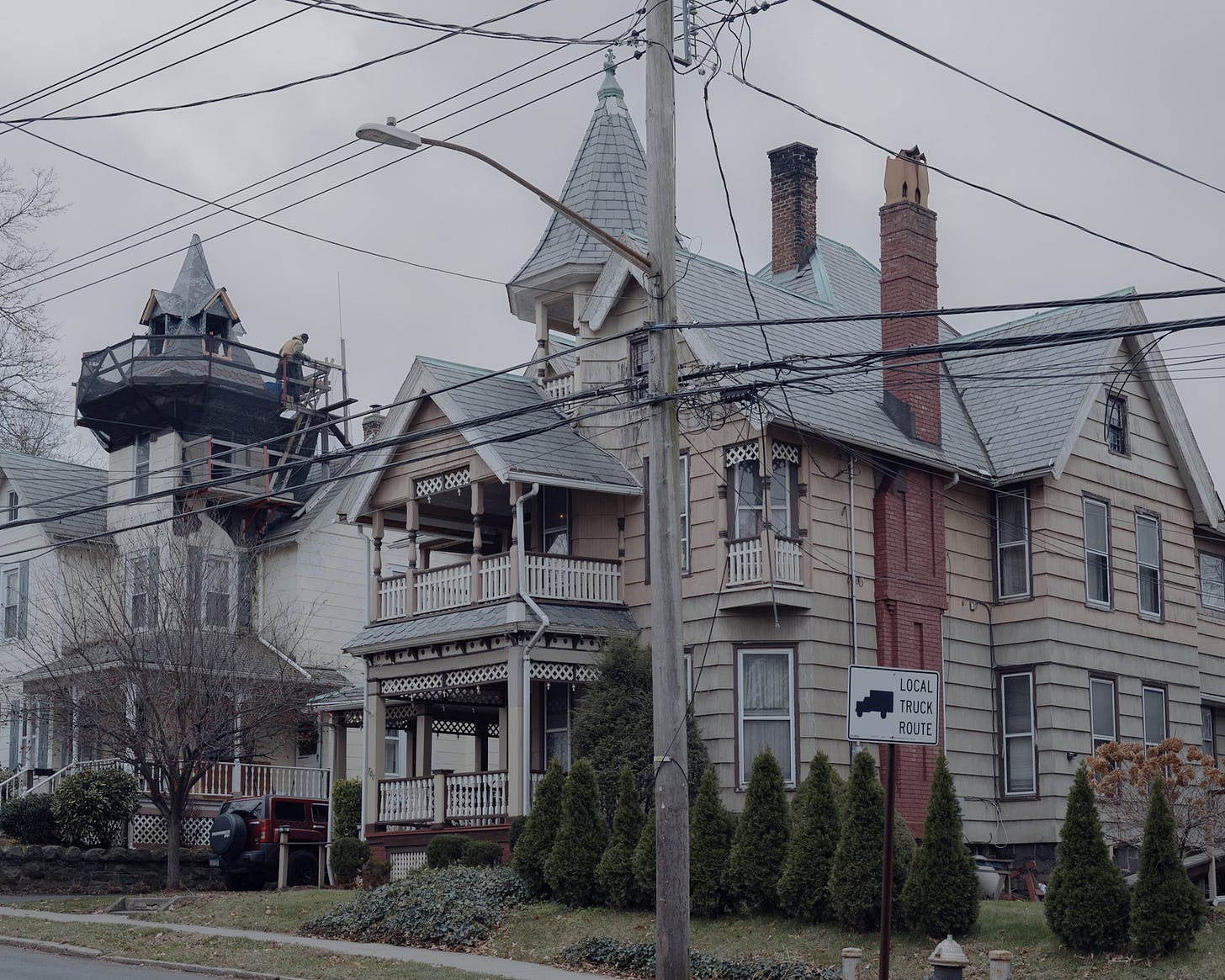
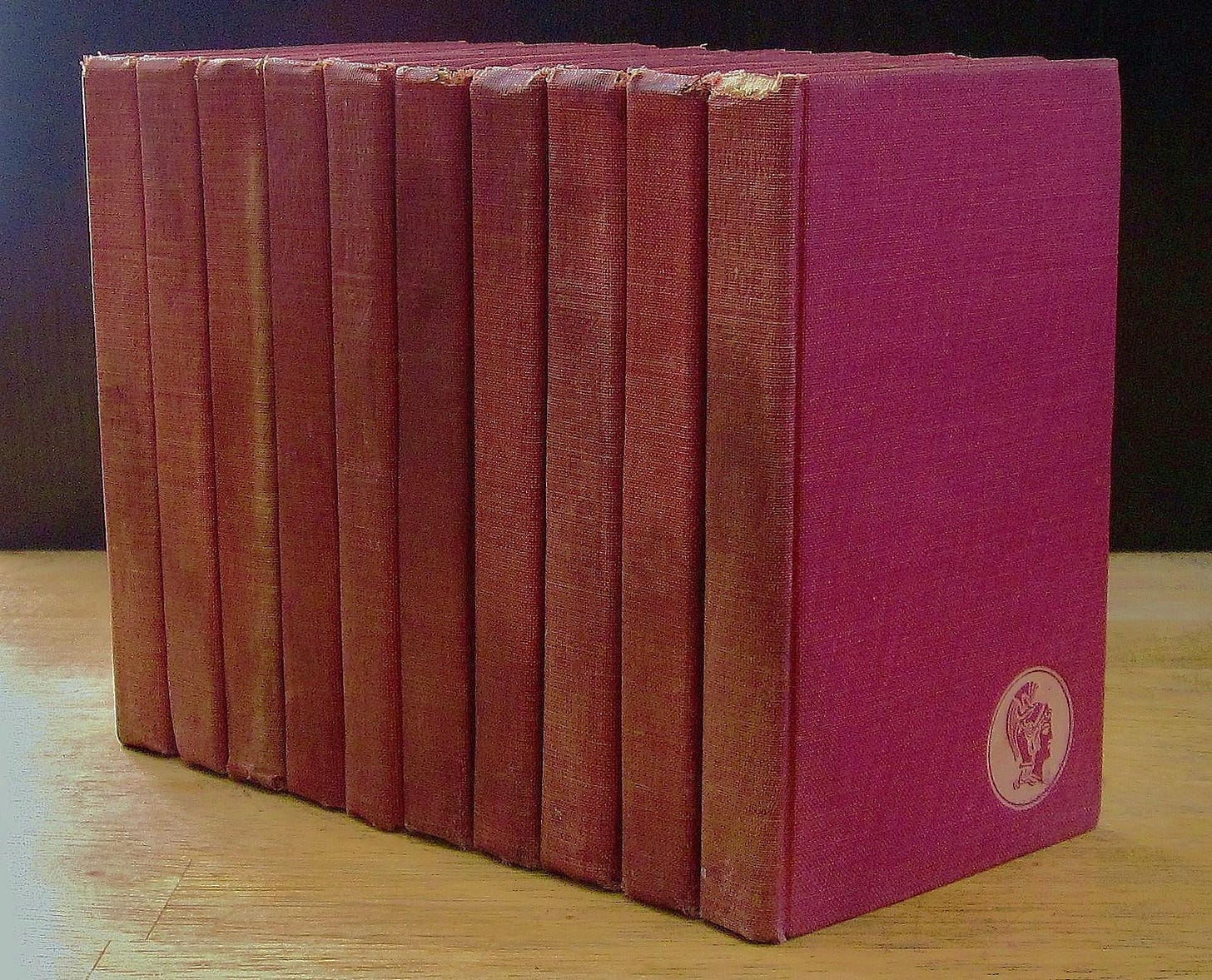

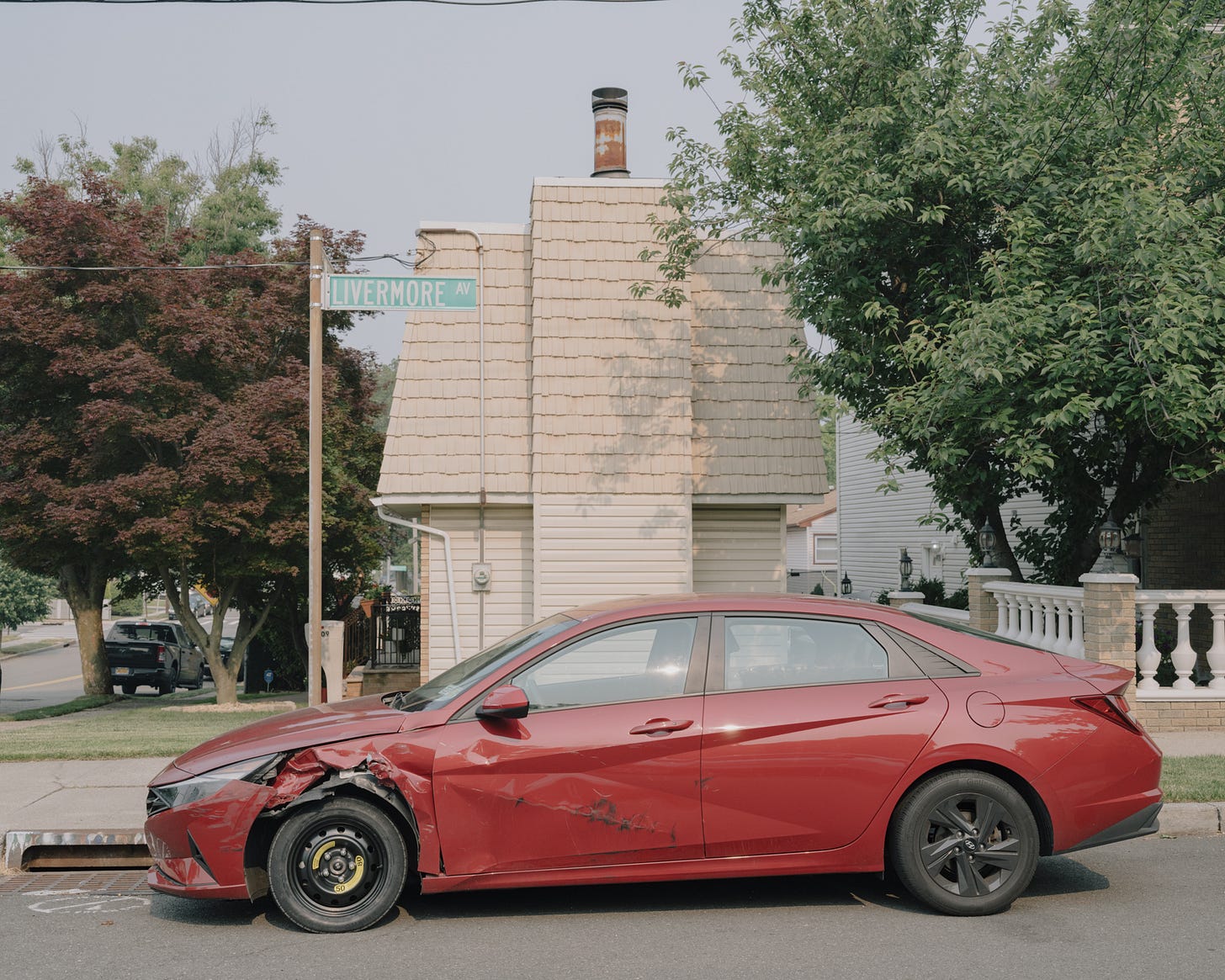
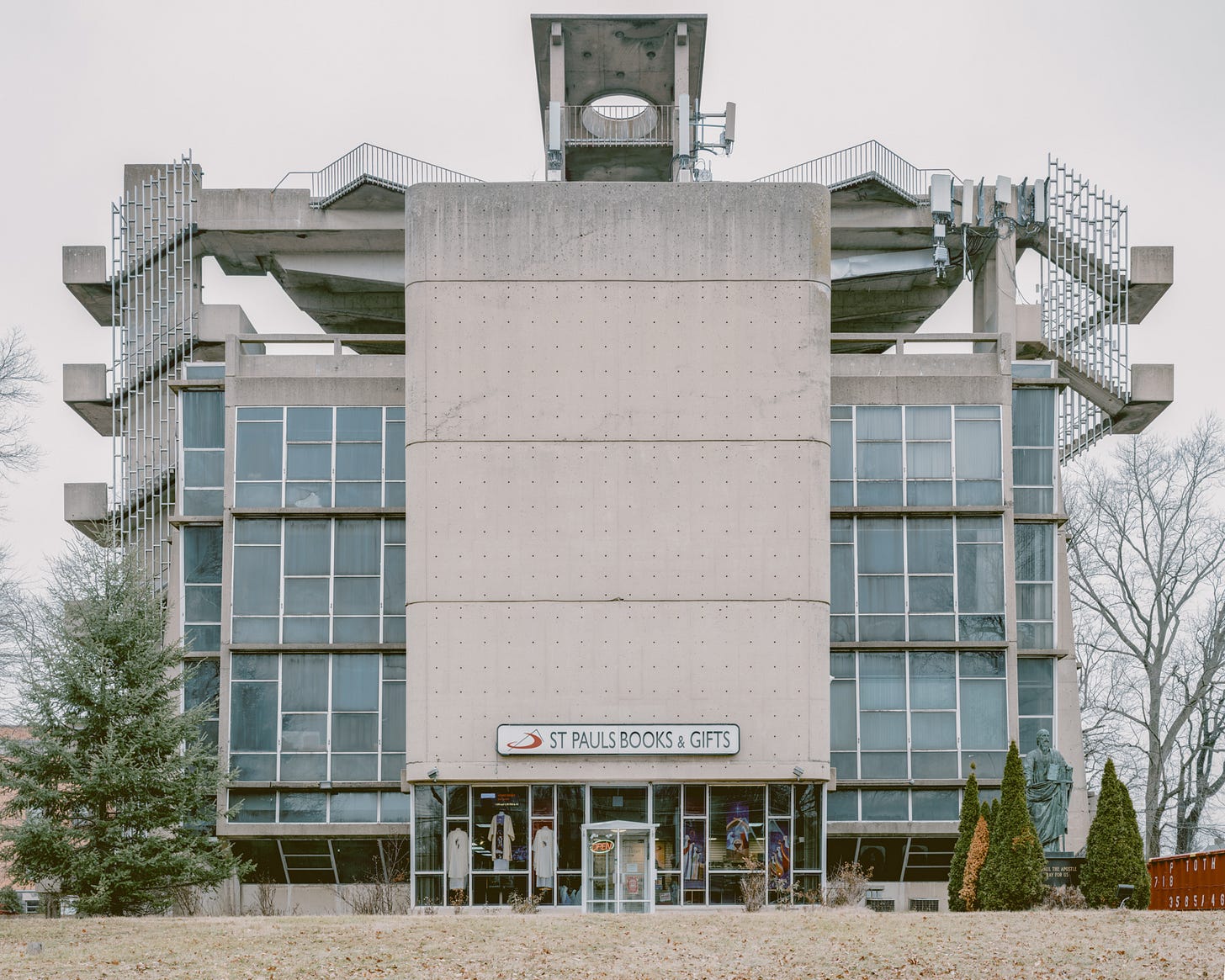
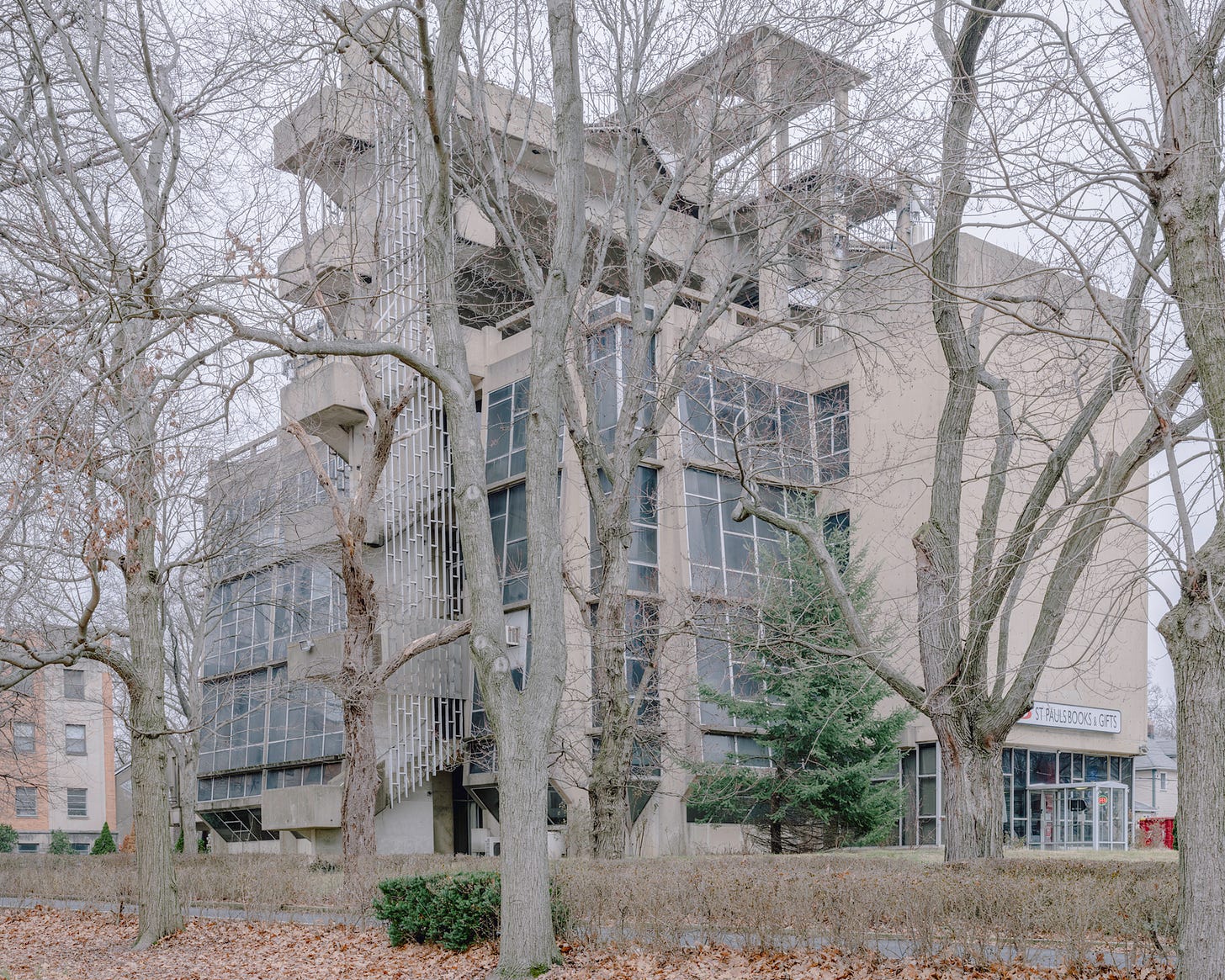
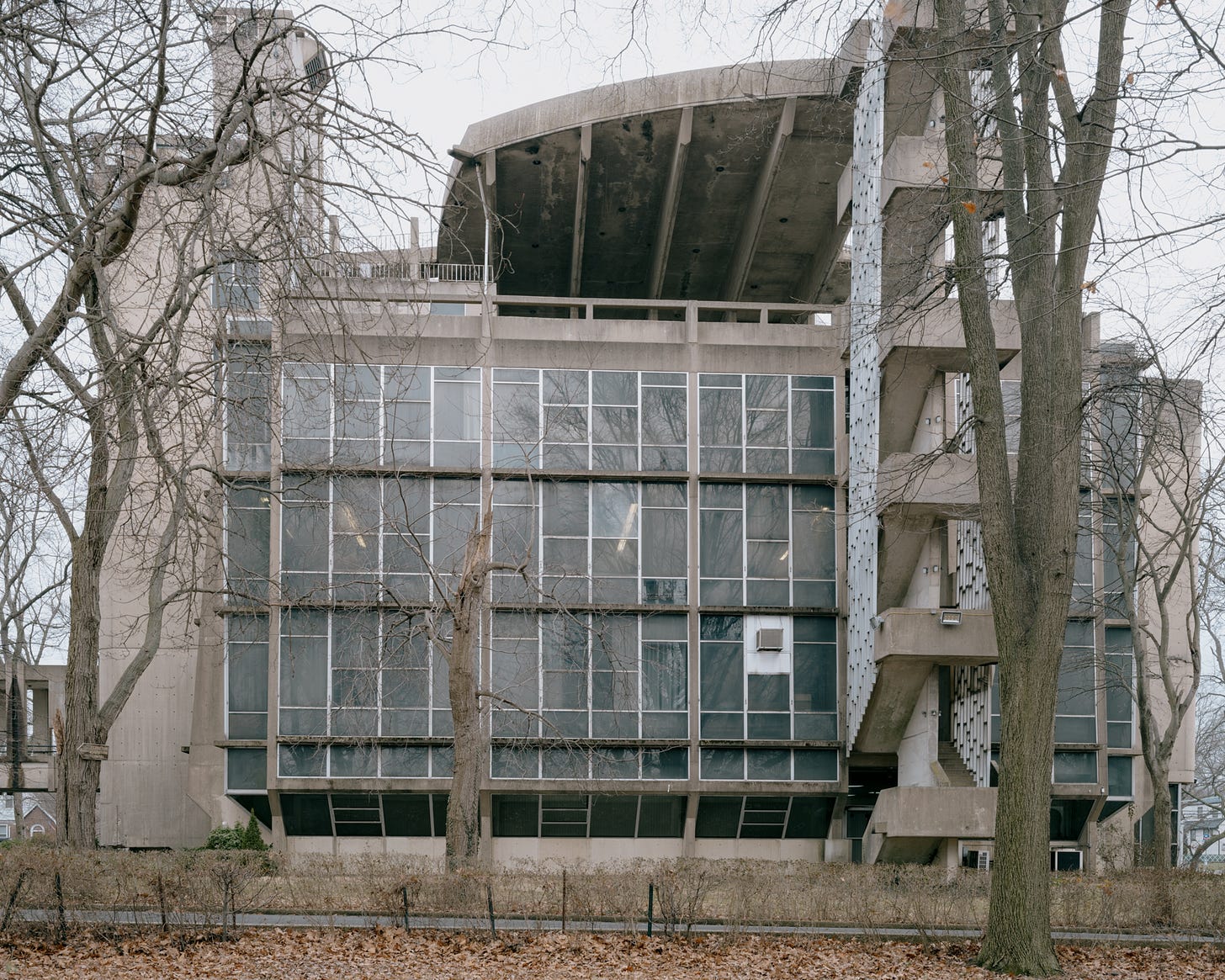
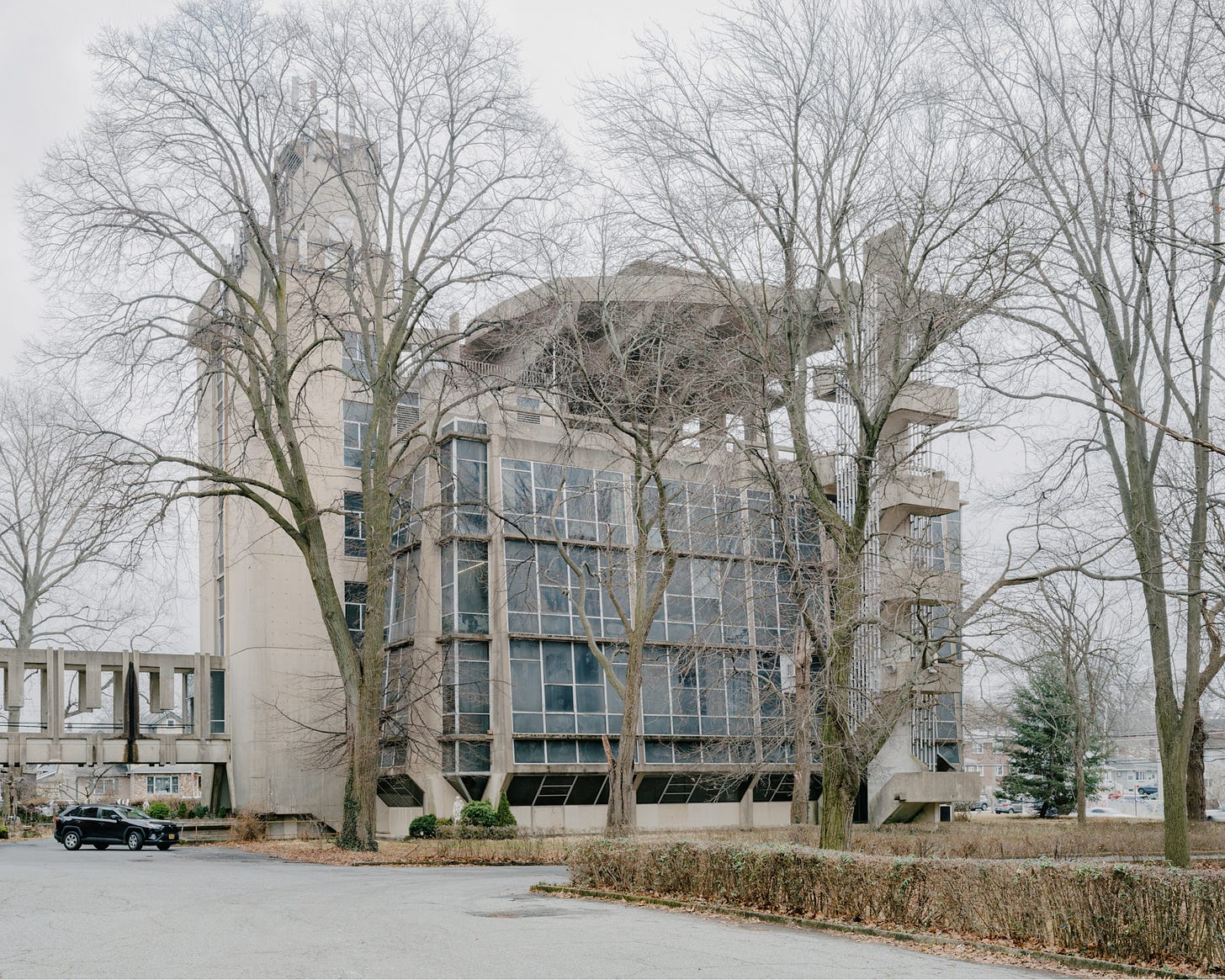

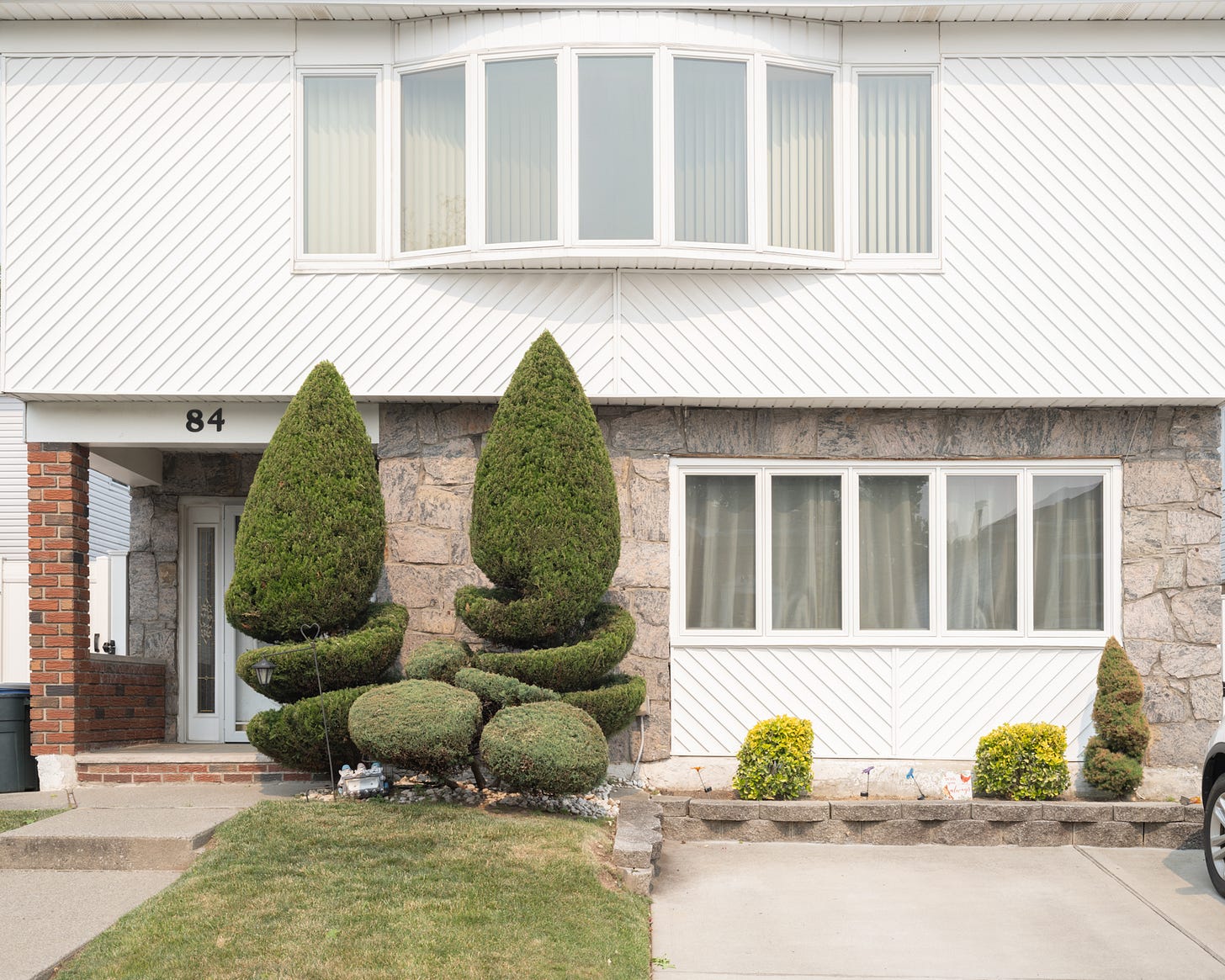
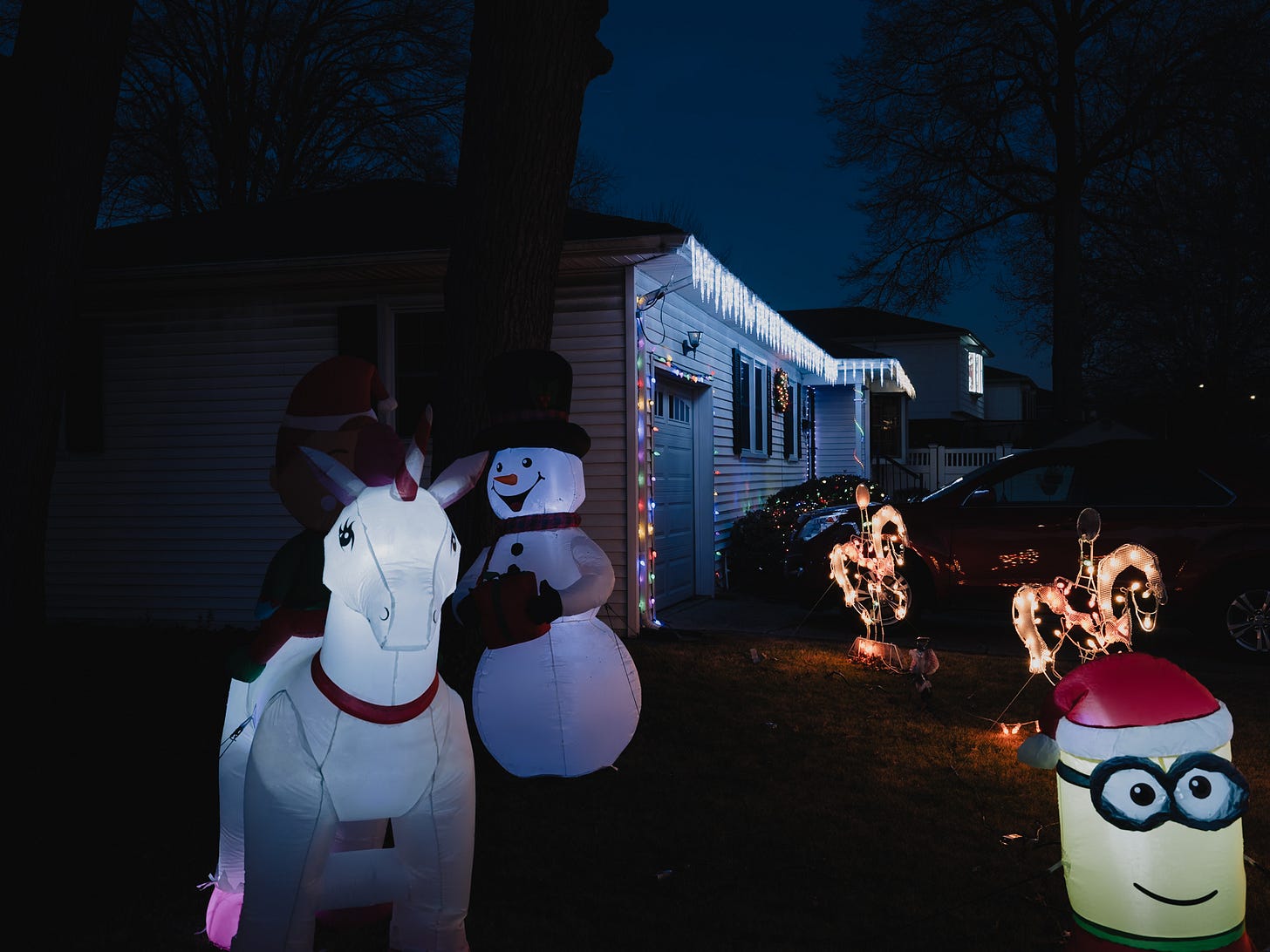
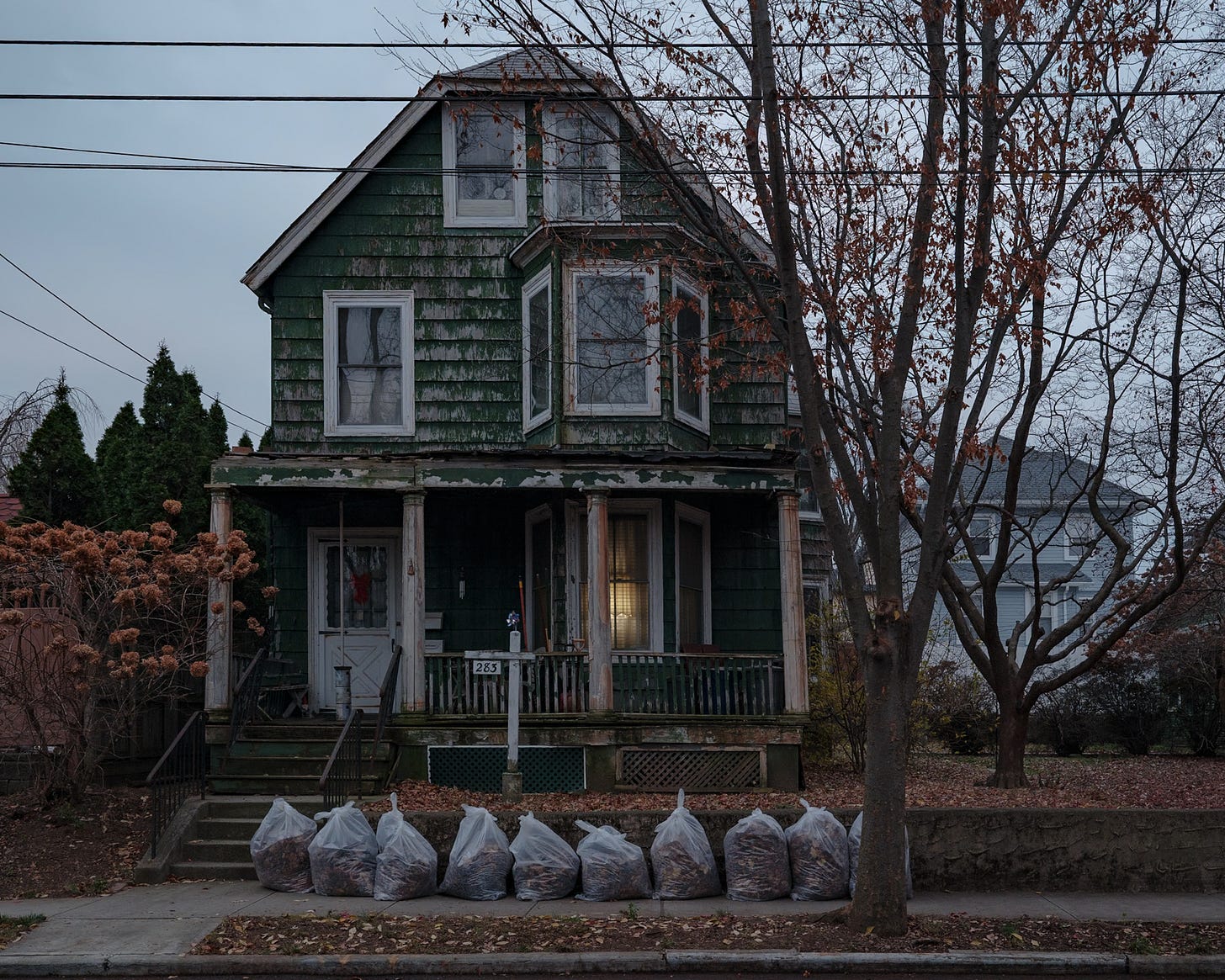
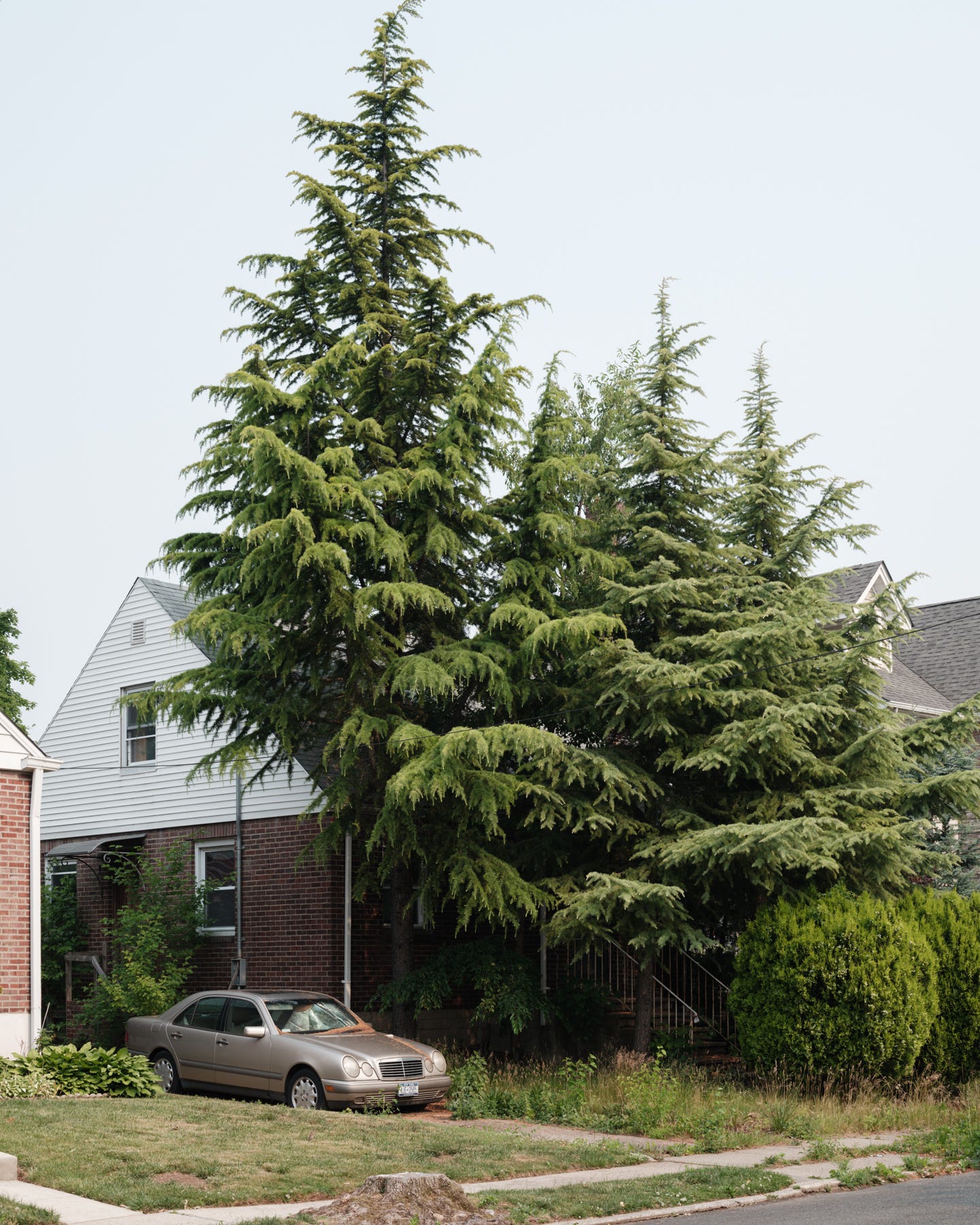
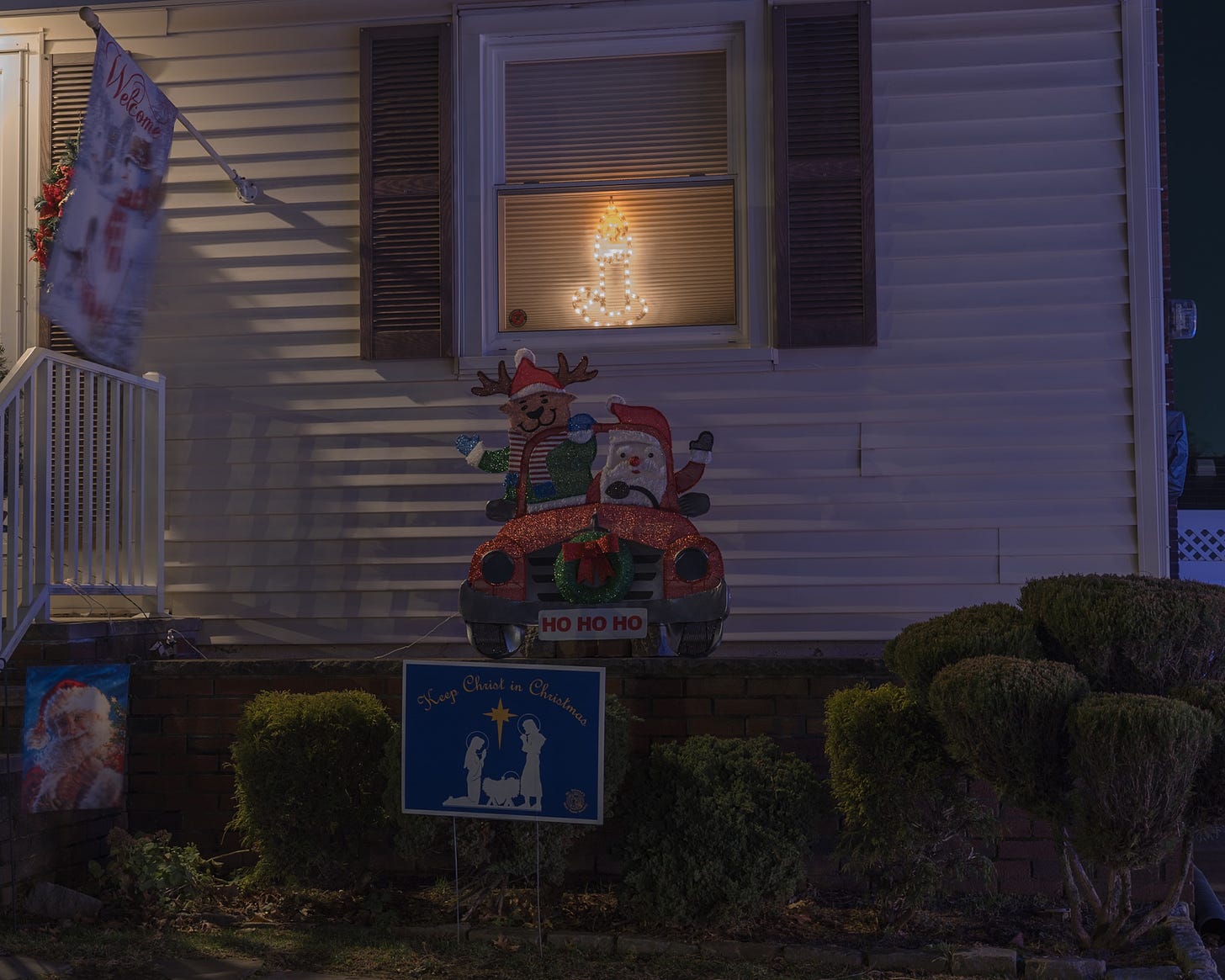
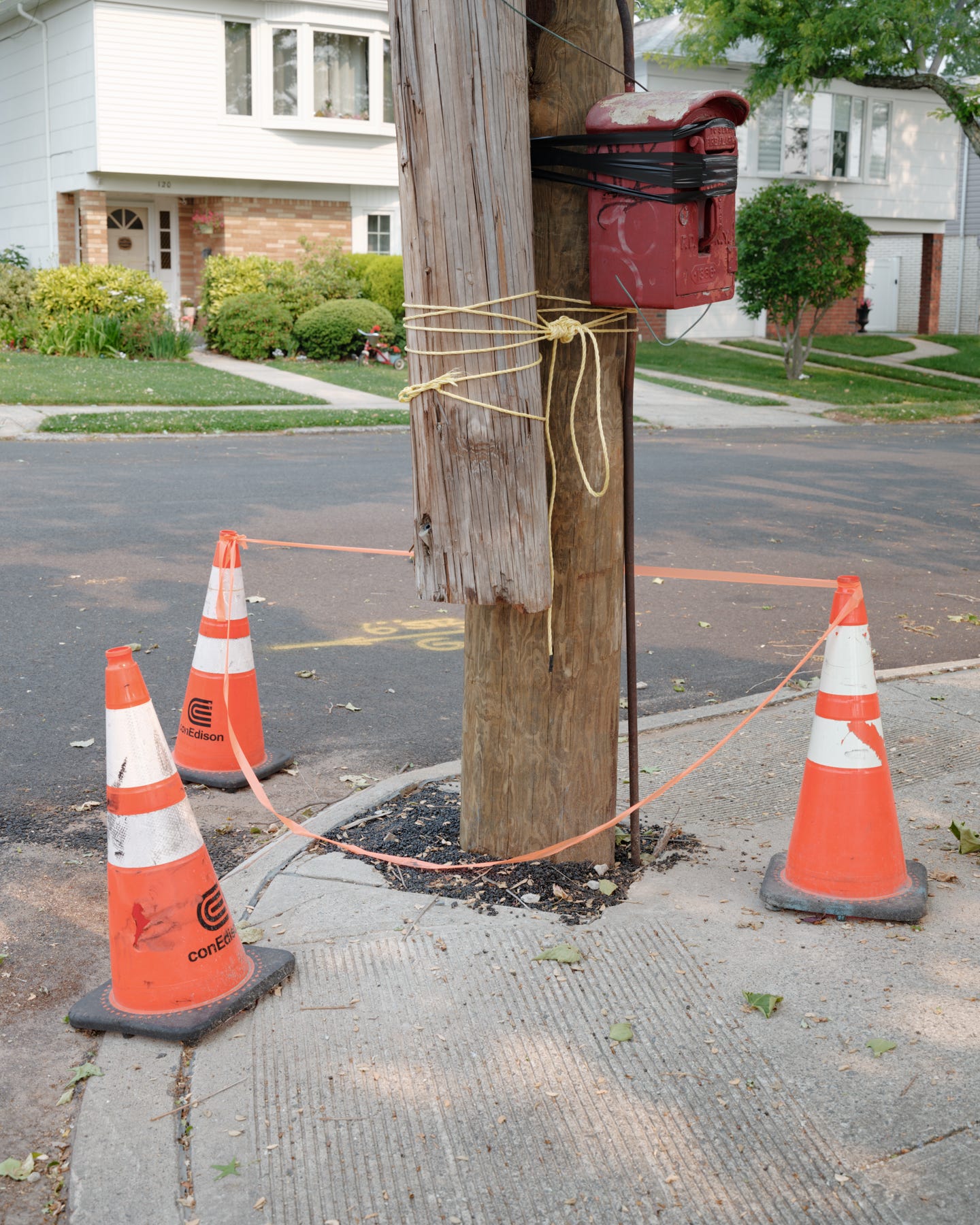

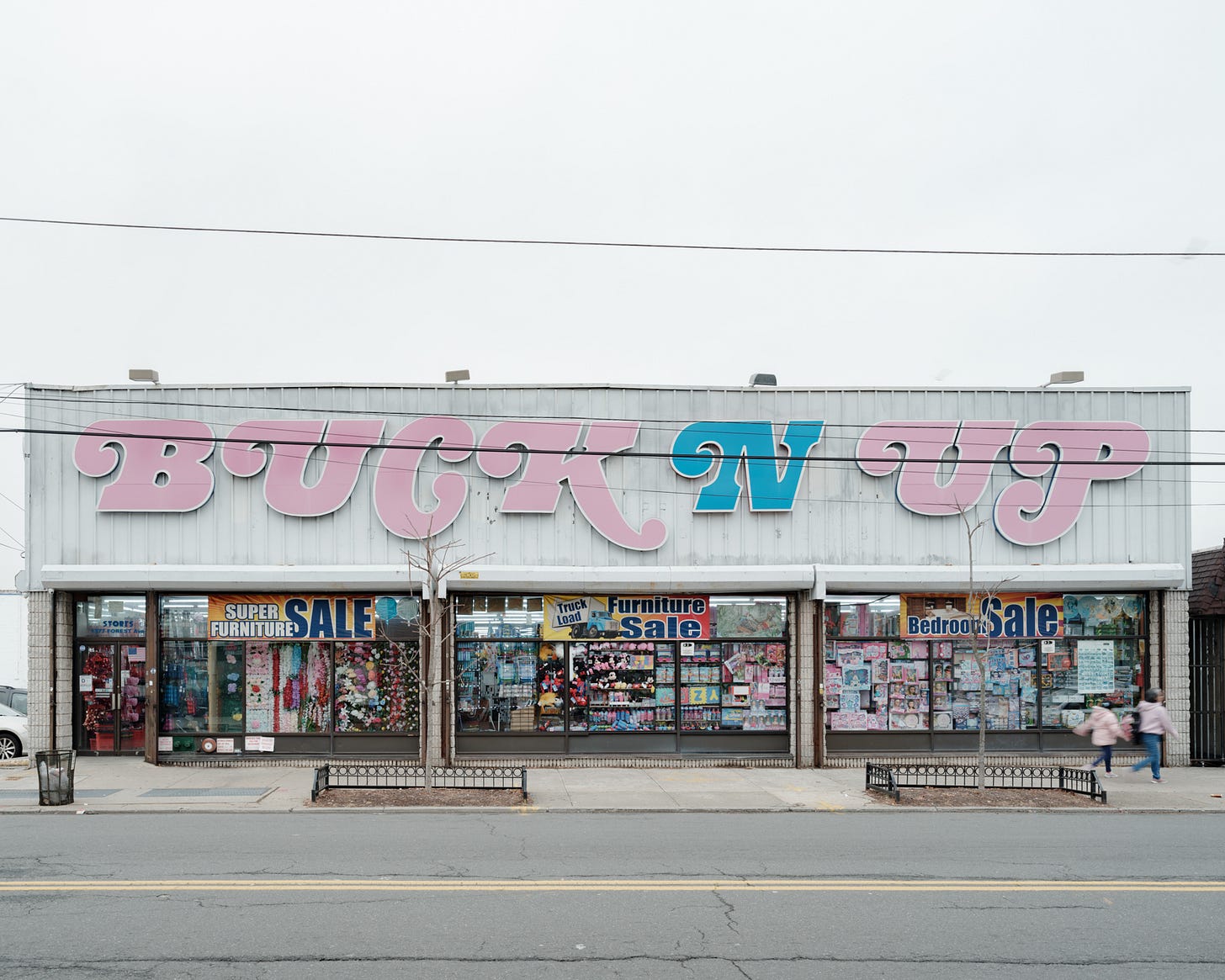
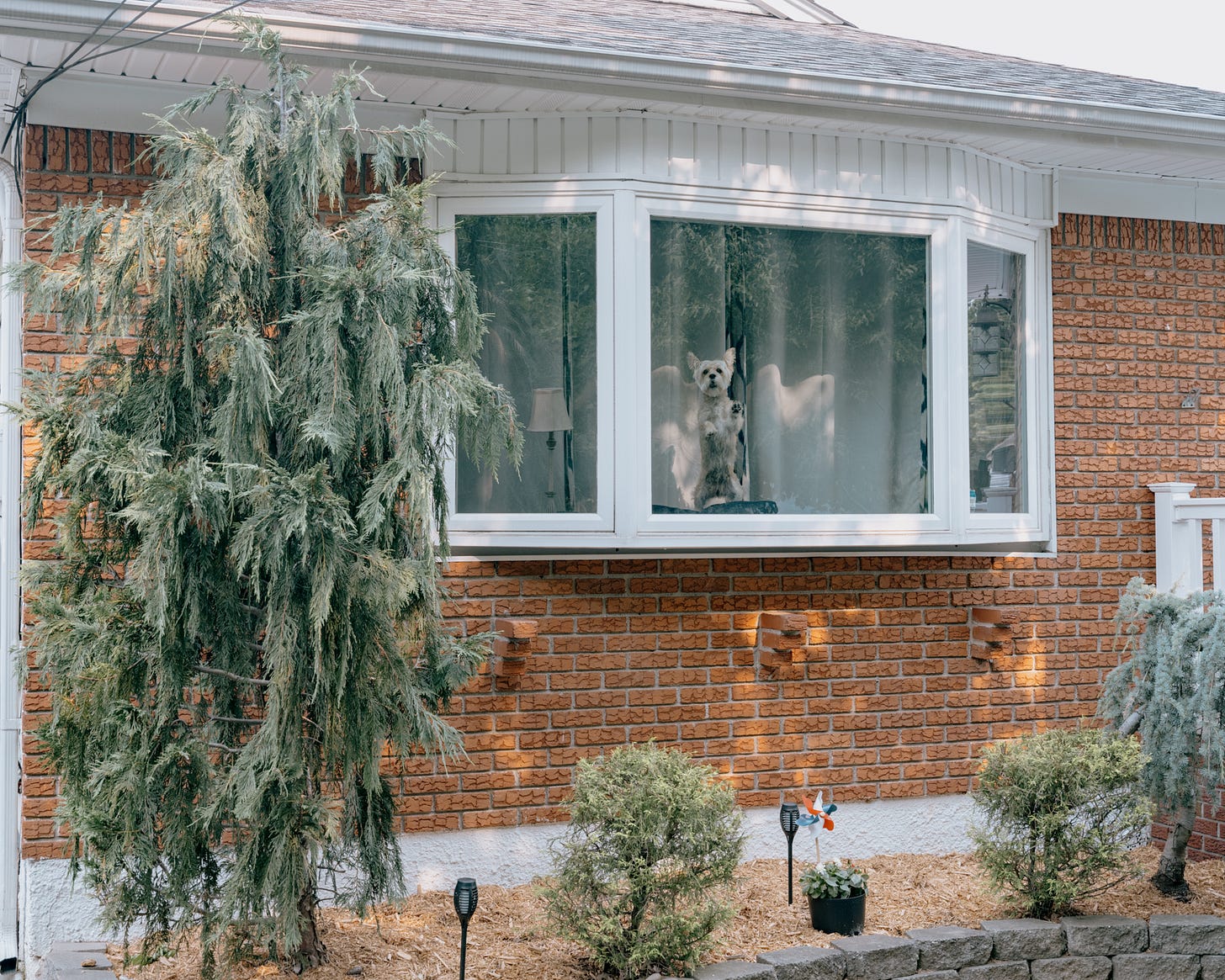
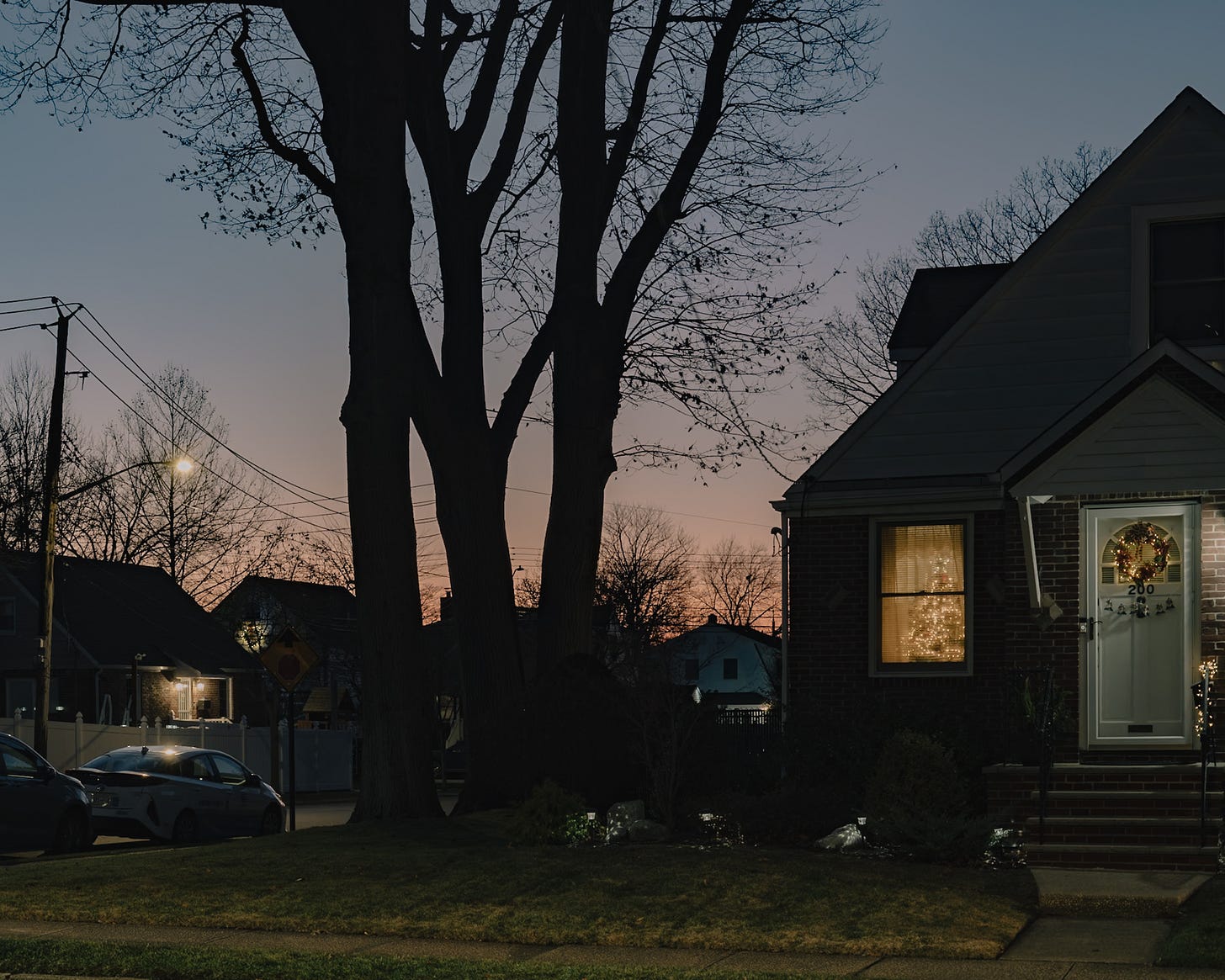
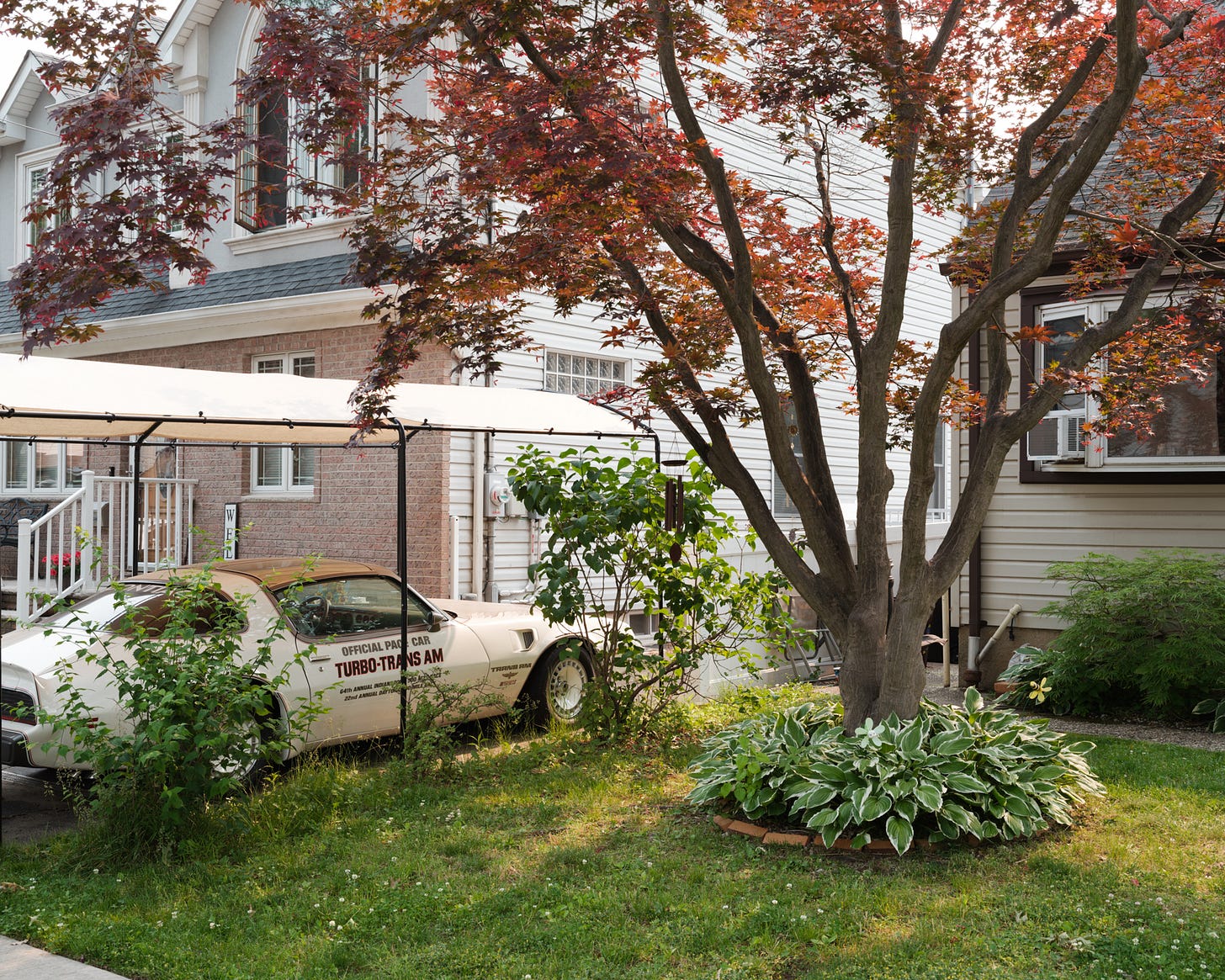
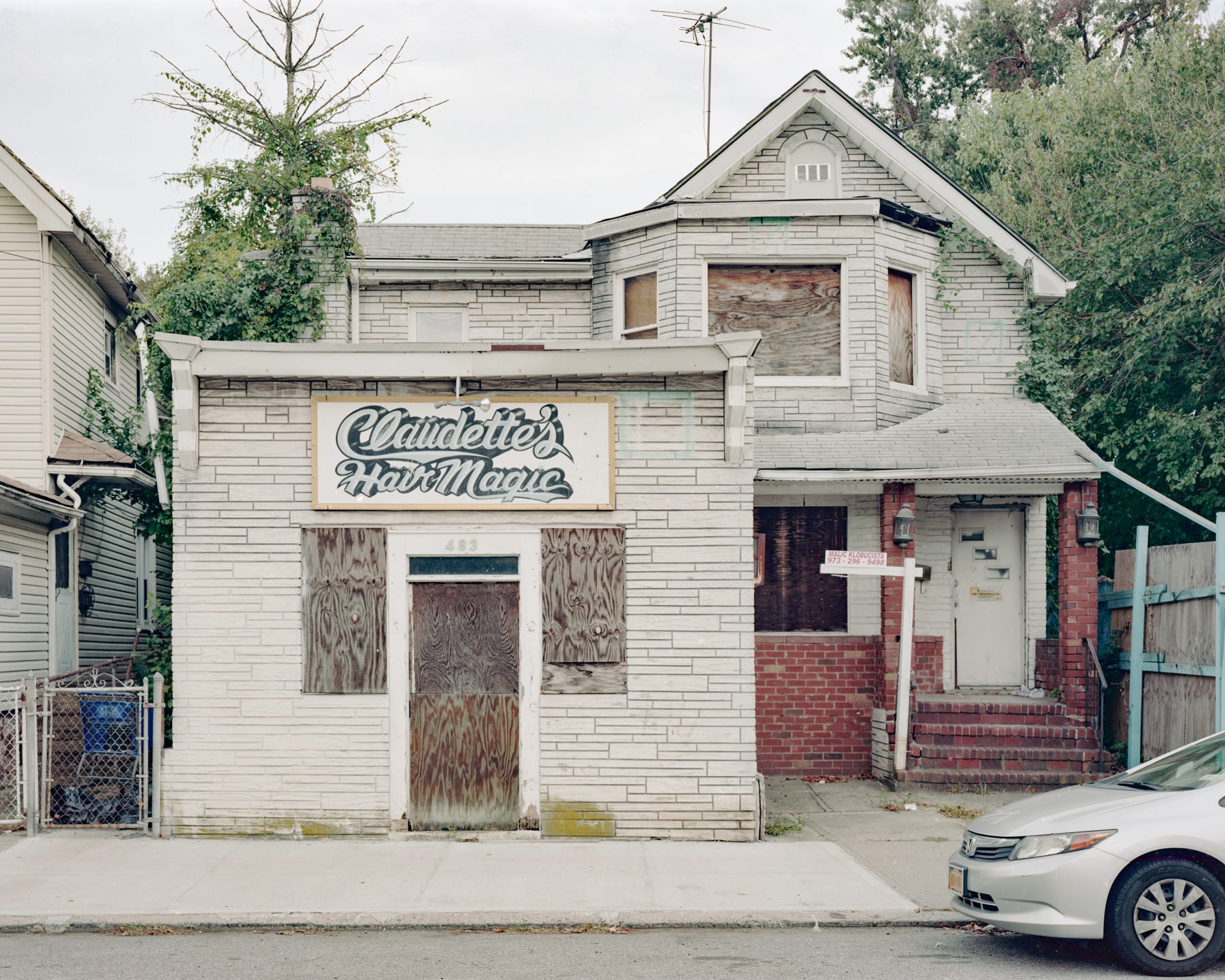
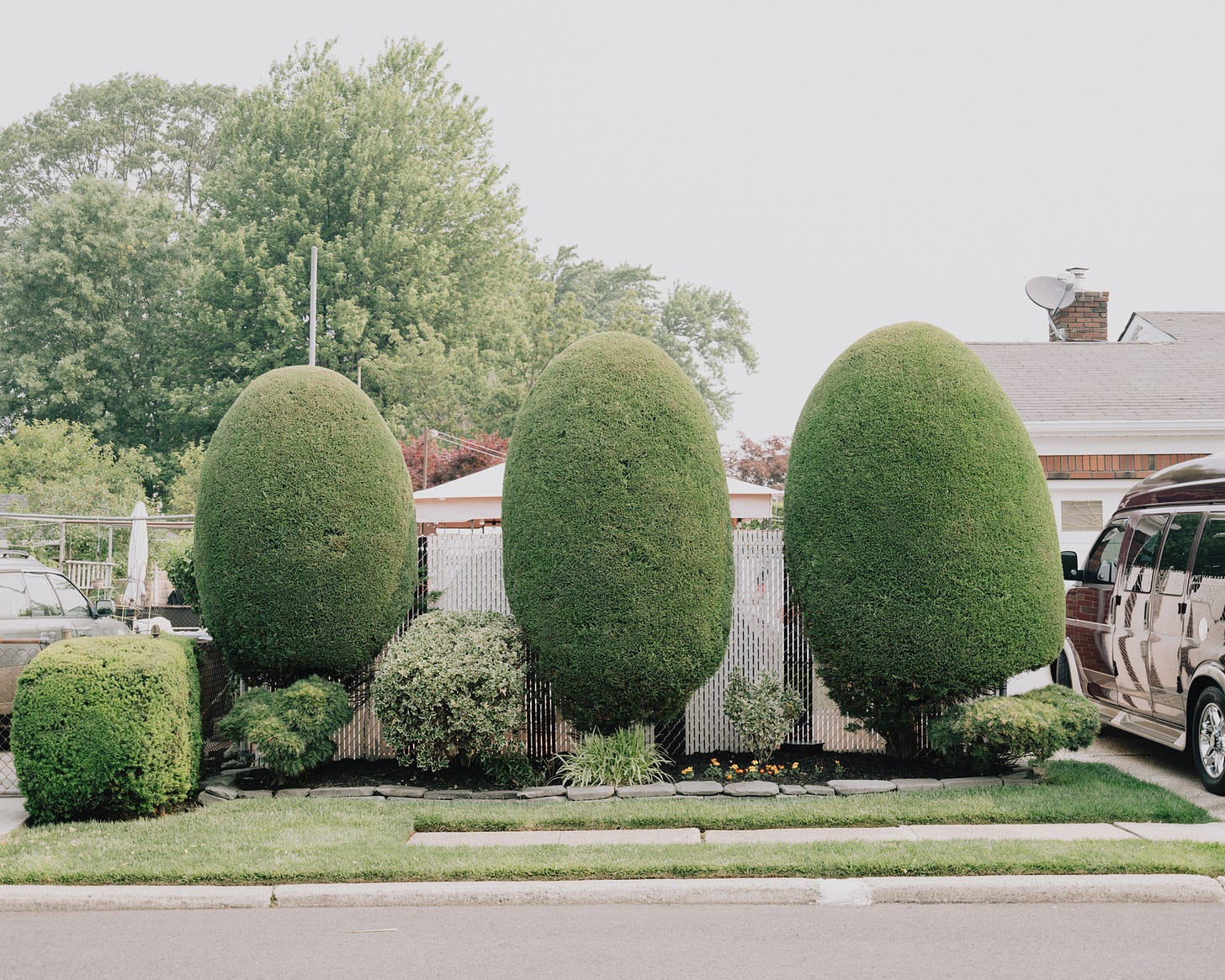
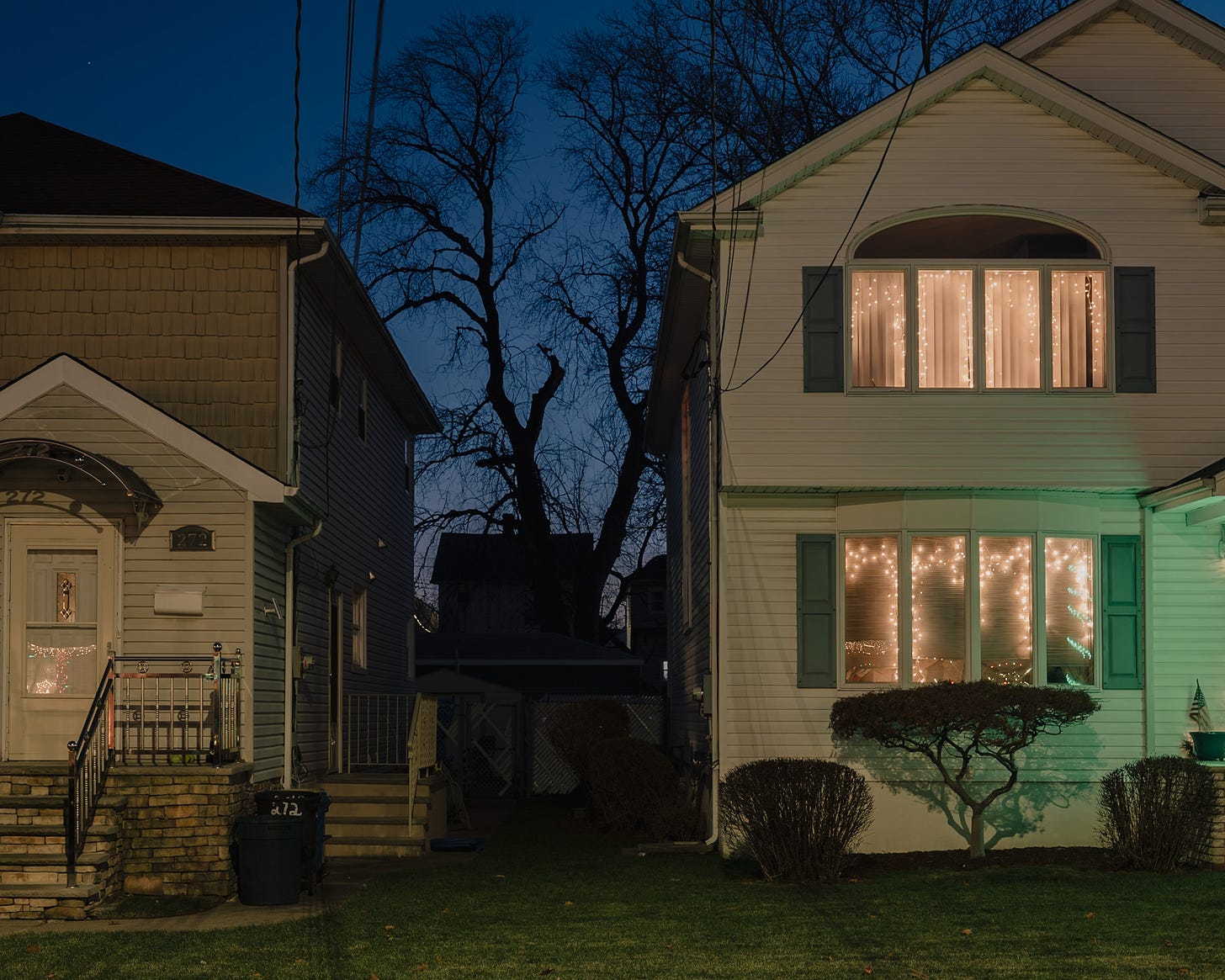
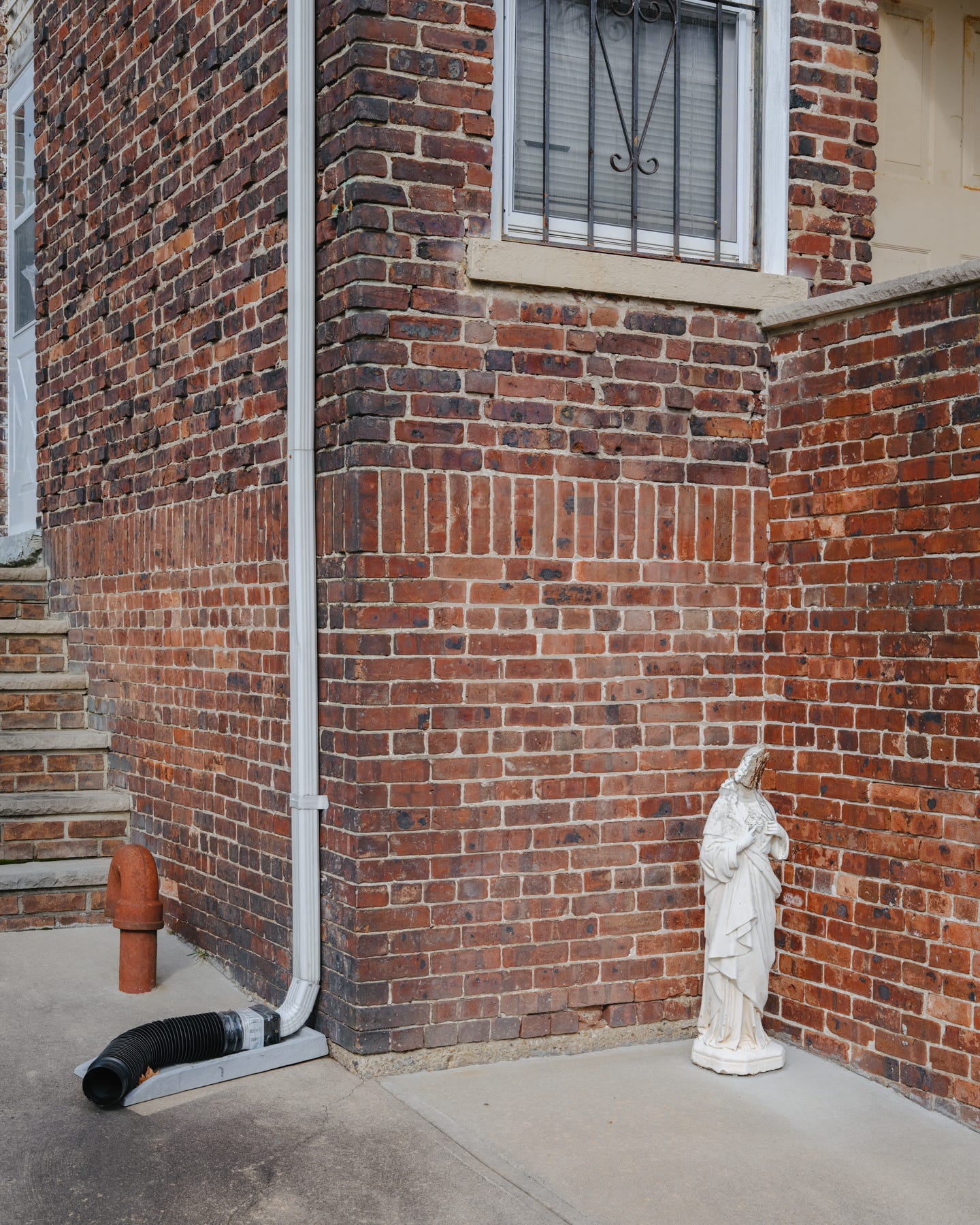
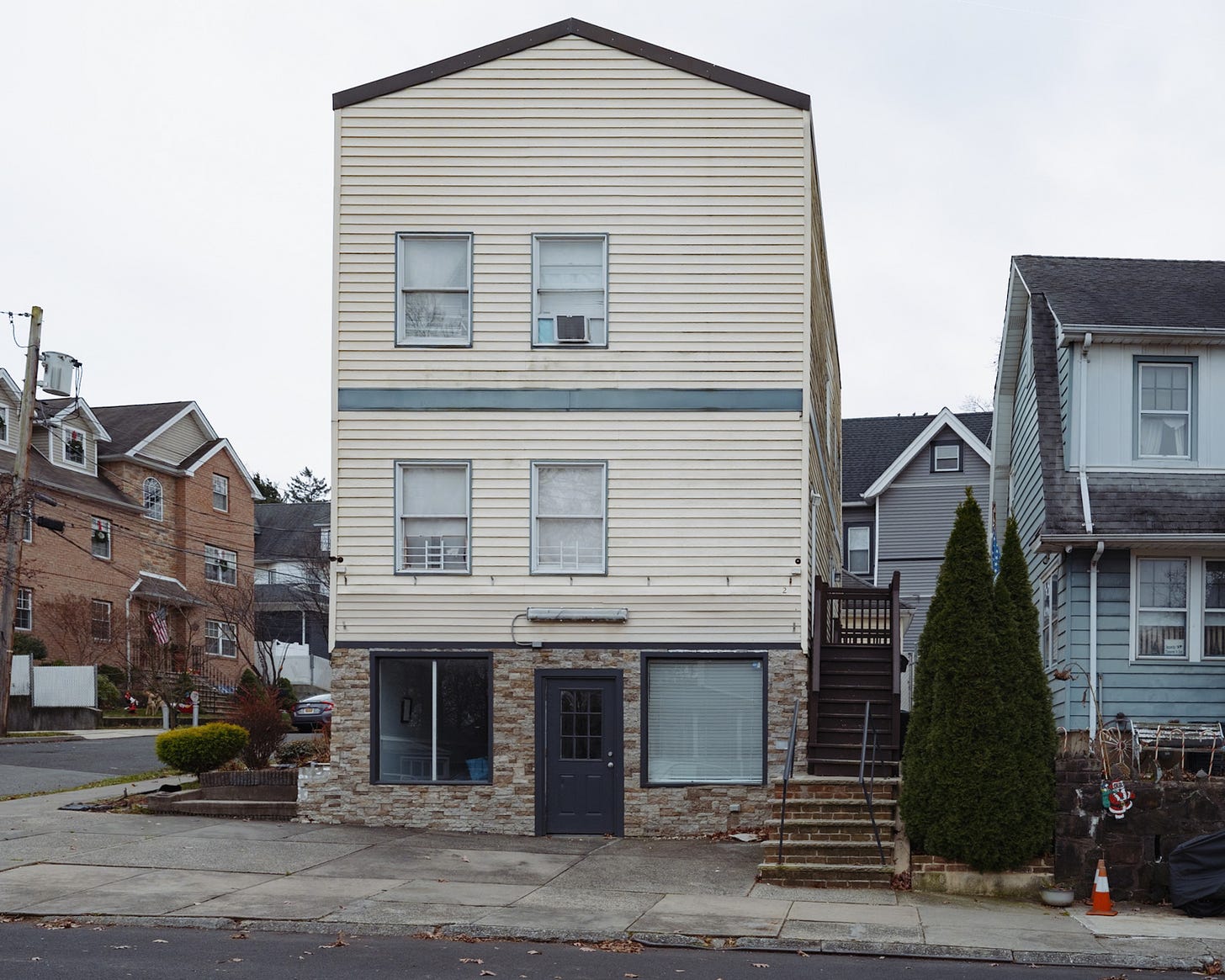
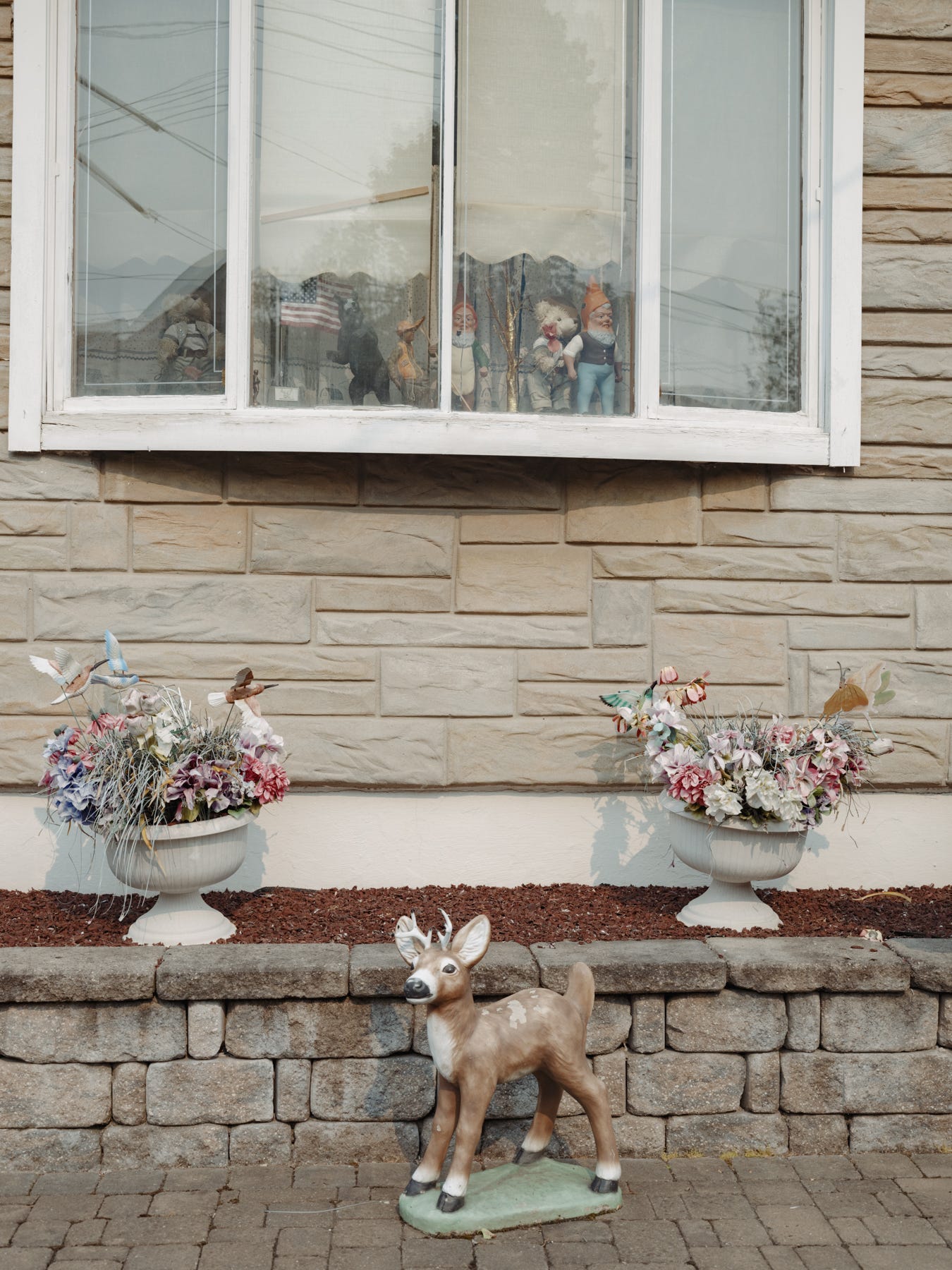
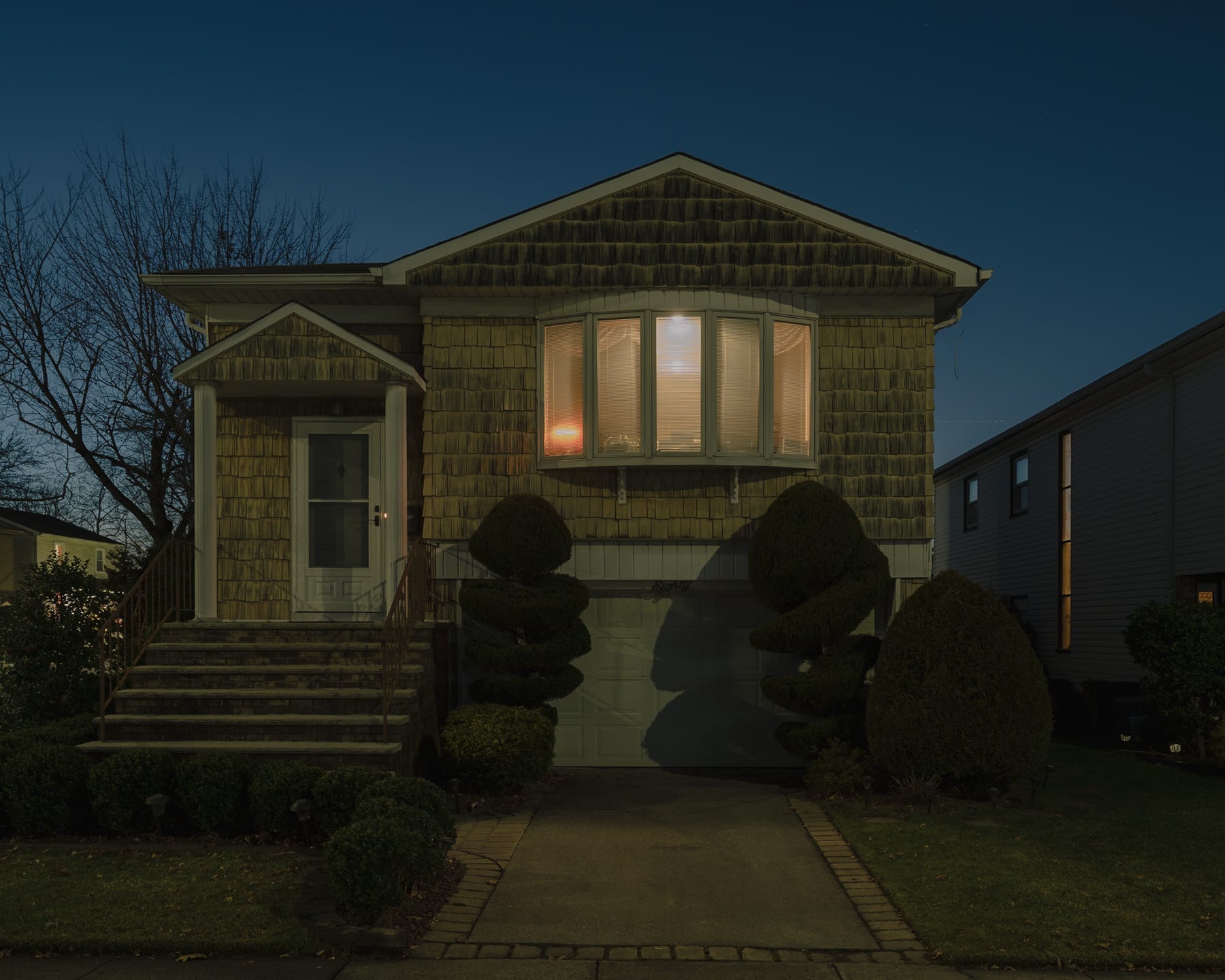
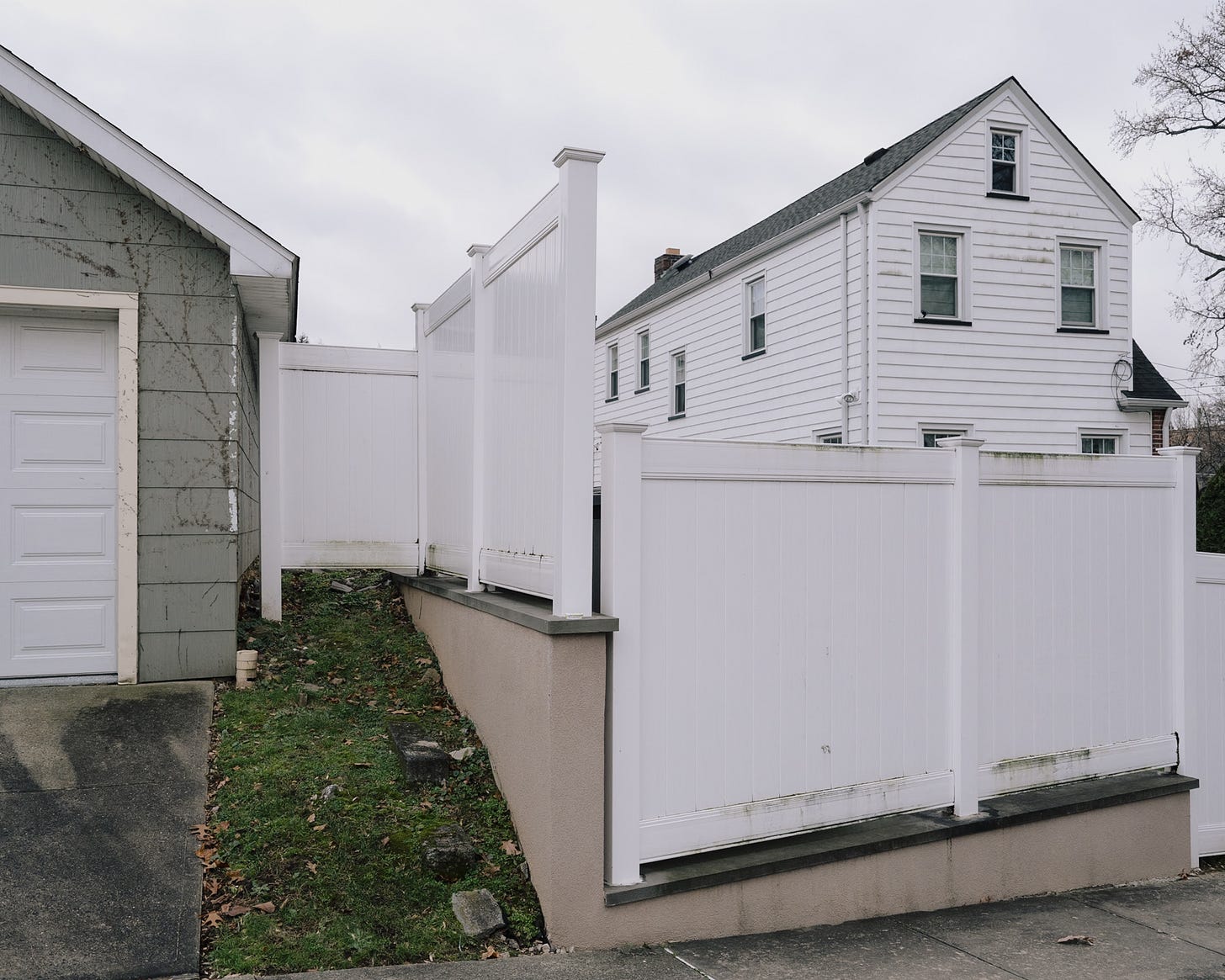
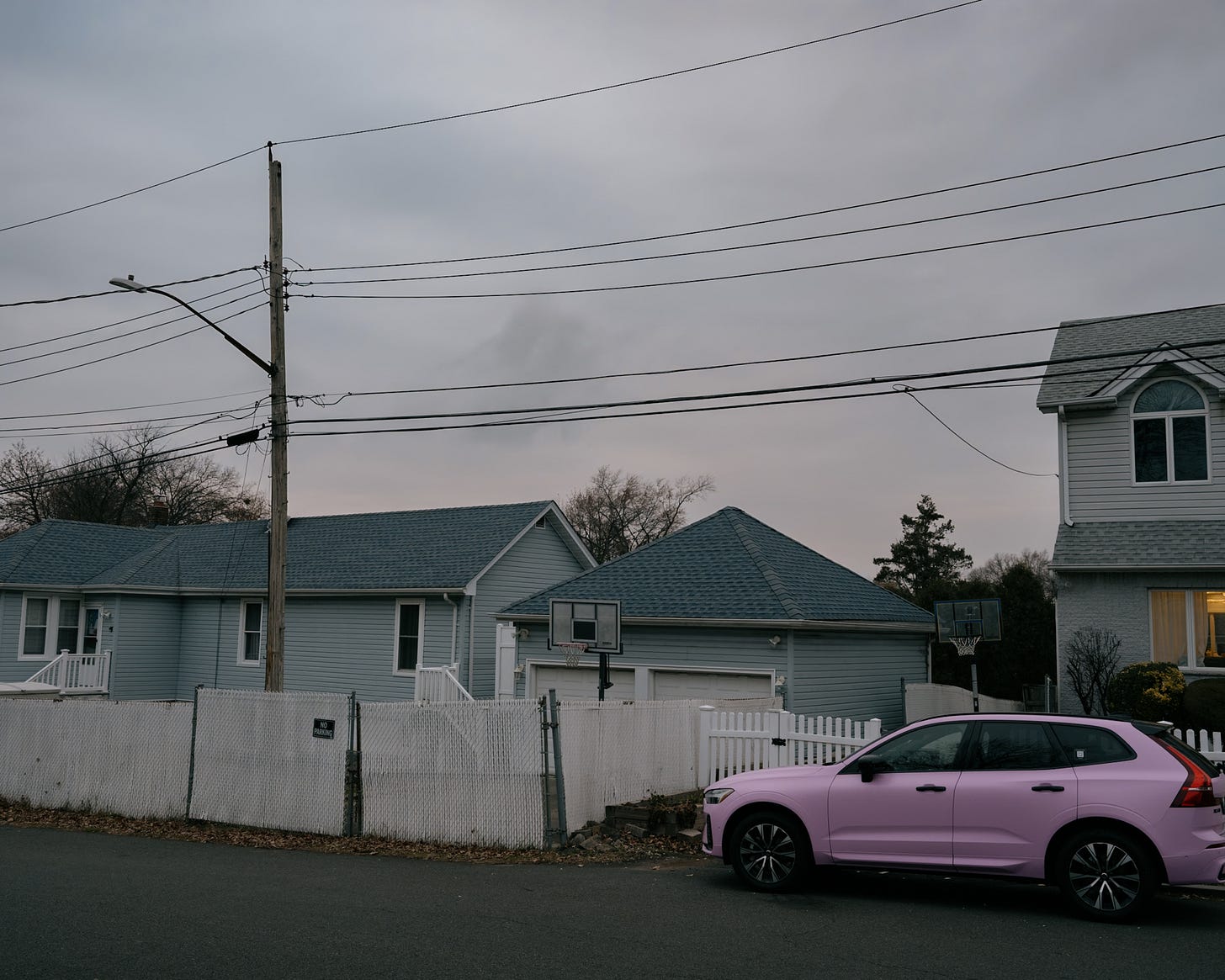
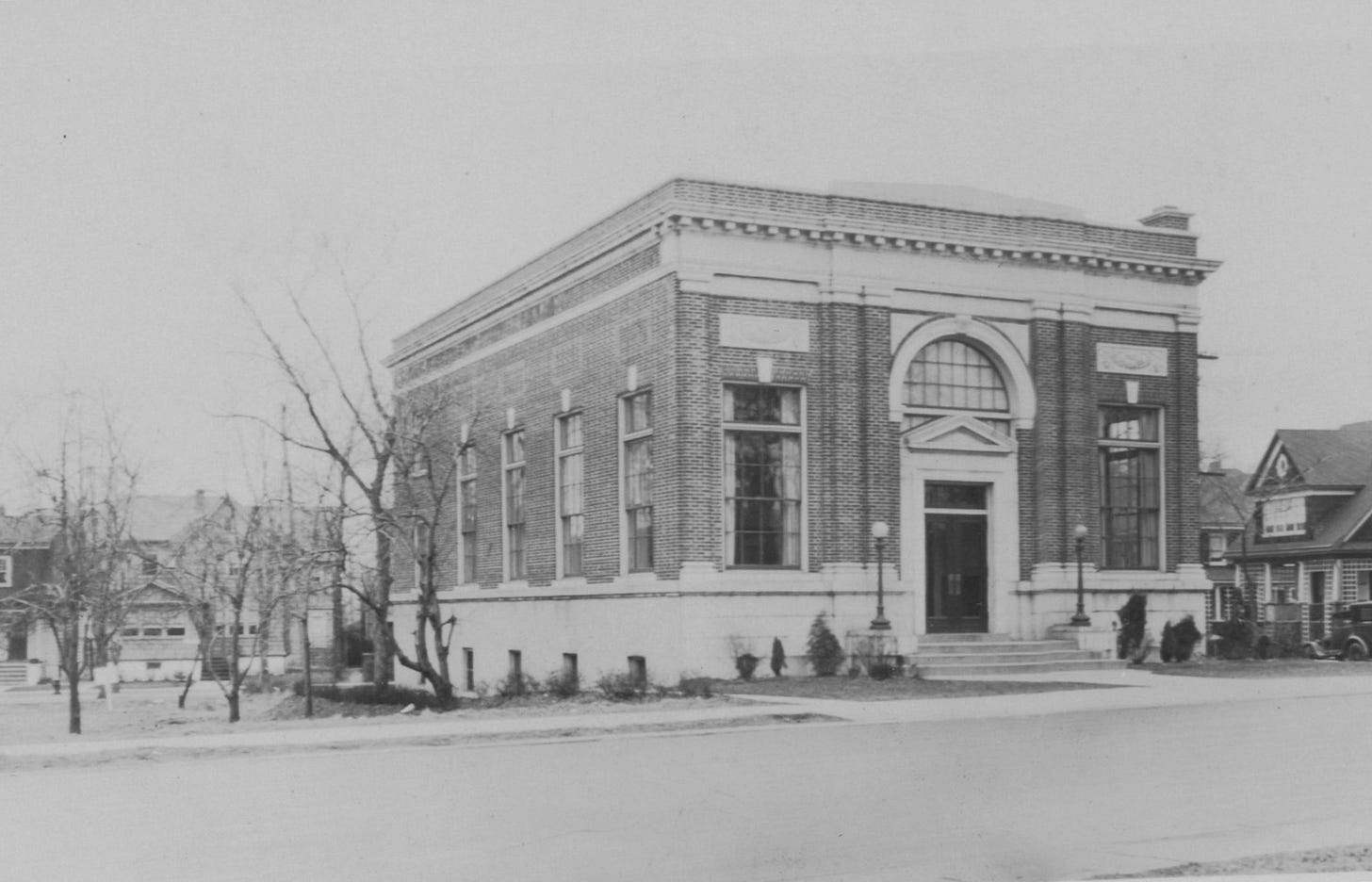
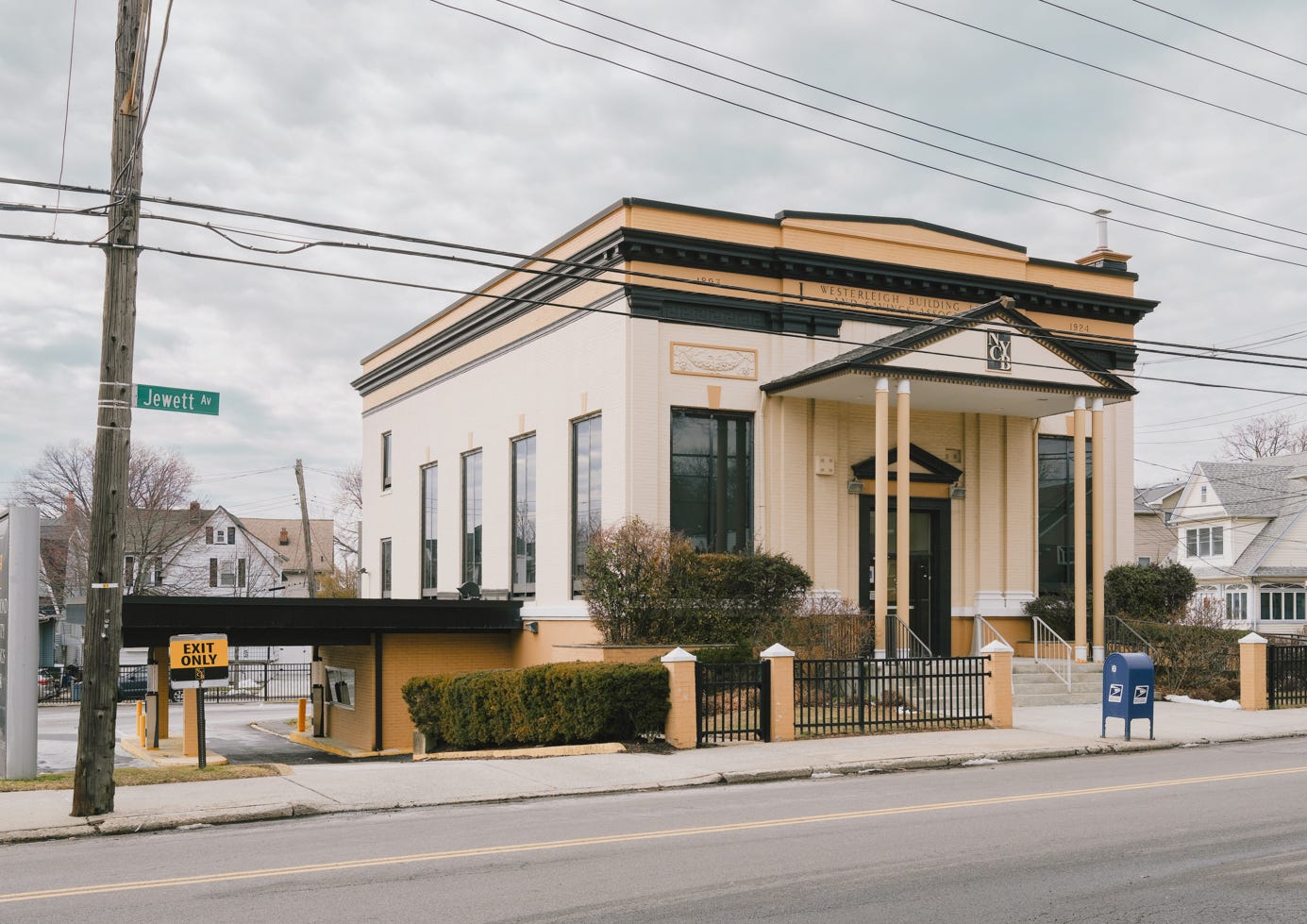

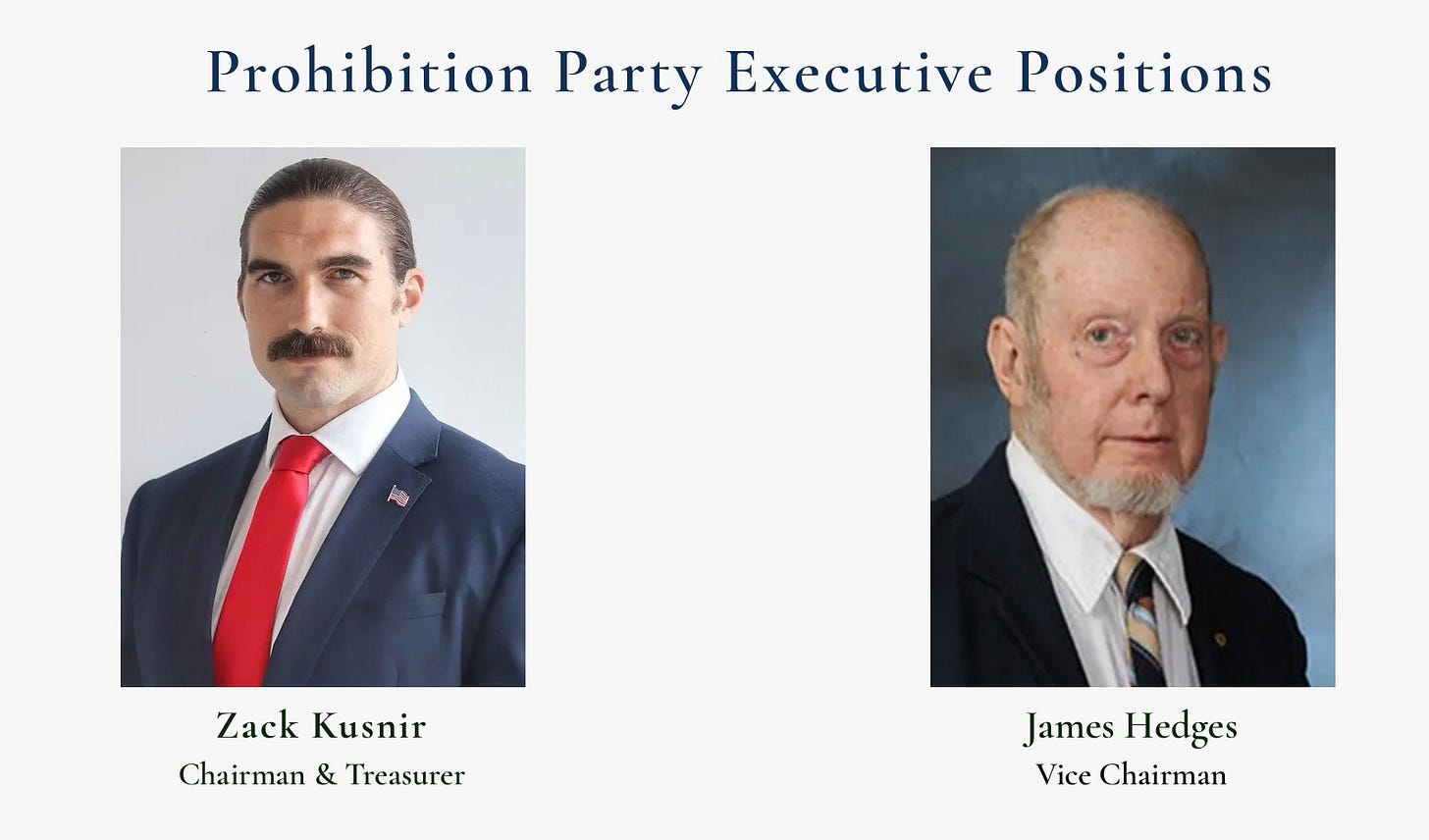
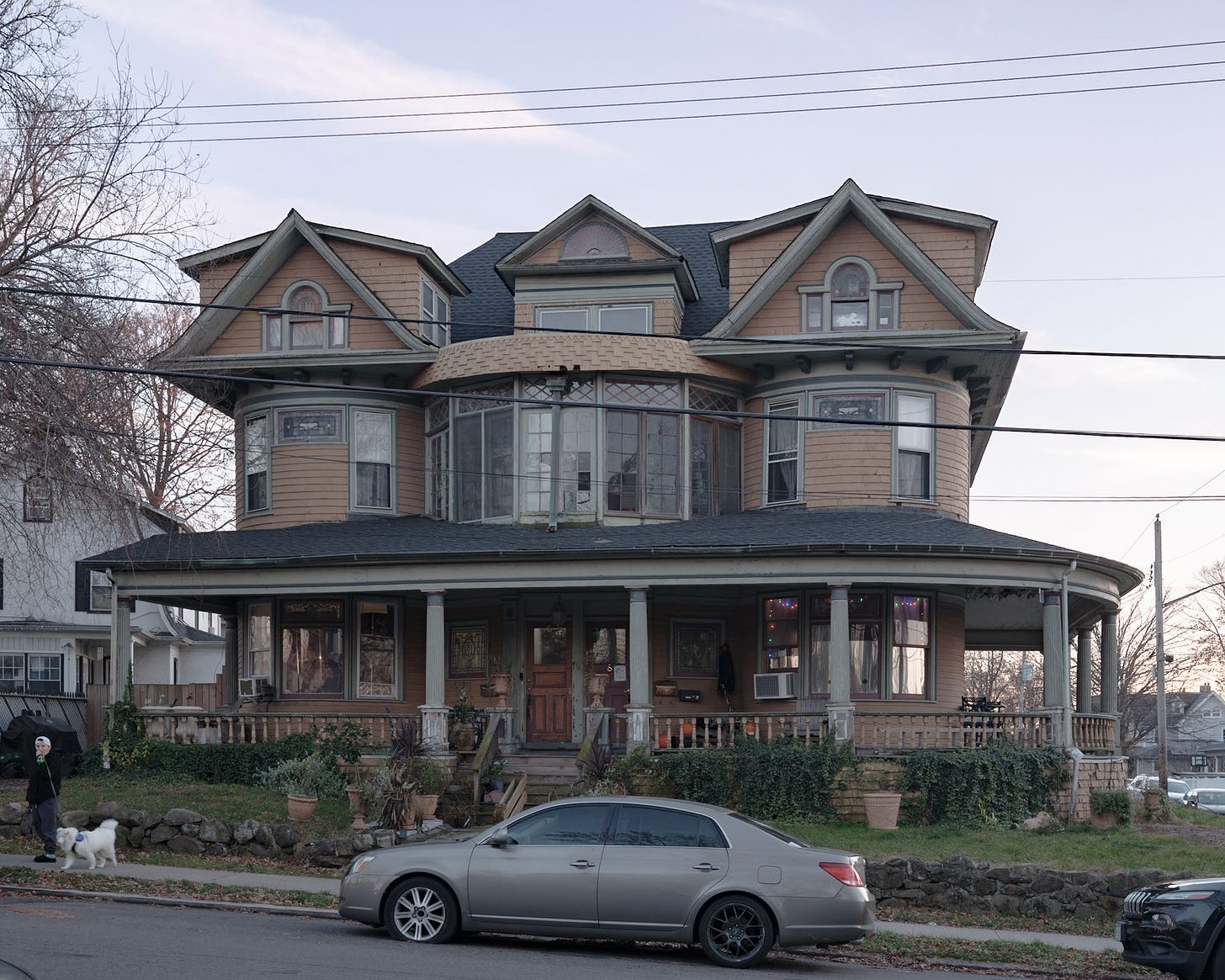
![Cover for The Adventures of Kool-Aid Man (Marvel, 1983 series) #3 [Houston Chronicle] Cover for The Adventures of Kool-Aid Man (Marvel, 1983 series) #3 [Houston Chronicle]](https://substackcdn.com/image/fetch/$s_!djem!,w_1456,c_limit,f_auto,q_auto:good,fl_progressive:steep/https%3A%2F%2Fsubstack-post-media.s3.amazonaws.com%2Fpublic%2Fimages%2F98b0c1f5-865c-451f-80ac-d9fc59b2db23_400x607.jpeg)
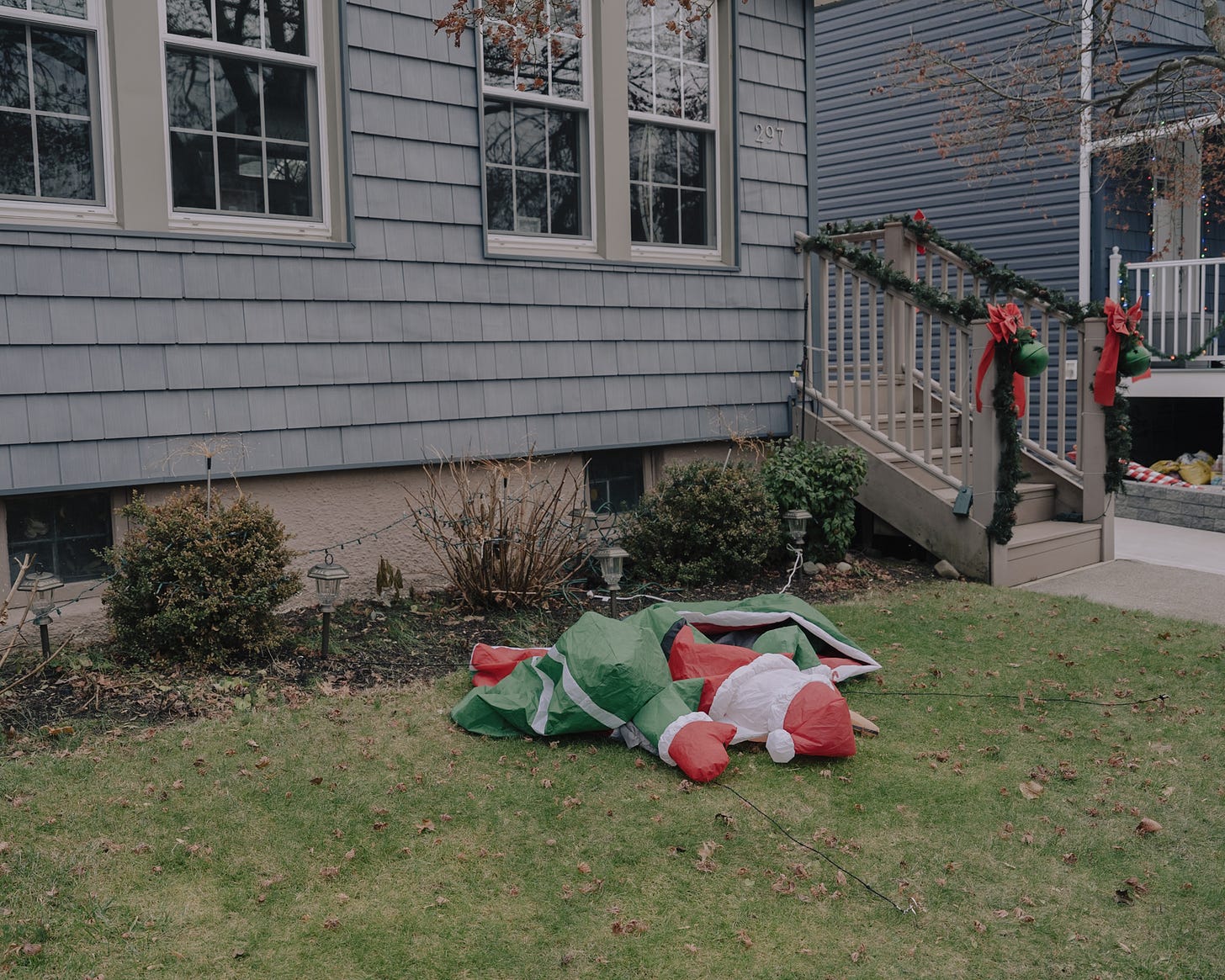
Tob, you are just having The stime zof Your Life! It’s visible in all the photographs, in the joyous madness of what’s speaking to you as well as the crazy visual language it uses. Your editing of all the history into your local journals is so much fun and enlightening . I look forward to every new installment. Joel
Beautiful Christmas letter I as well raise some (non acholic) eggnog to you your daughter is sooooooo cool koolade man is very inspiring